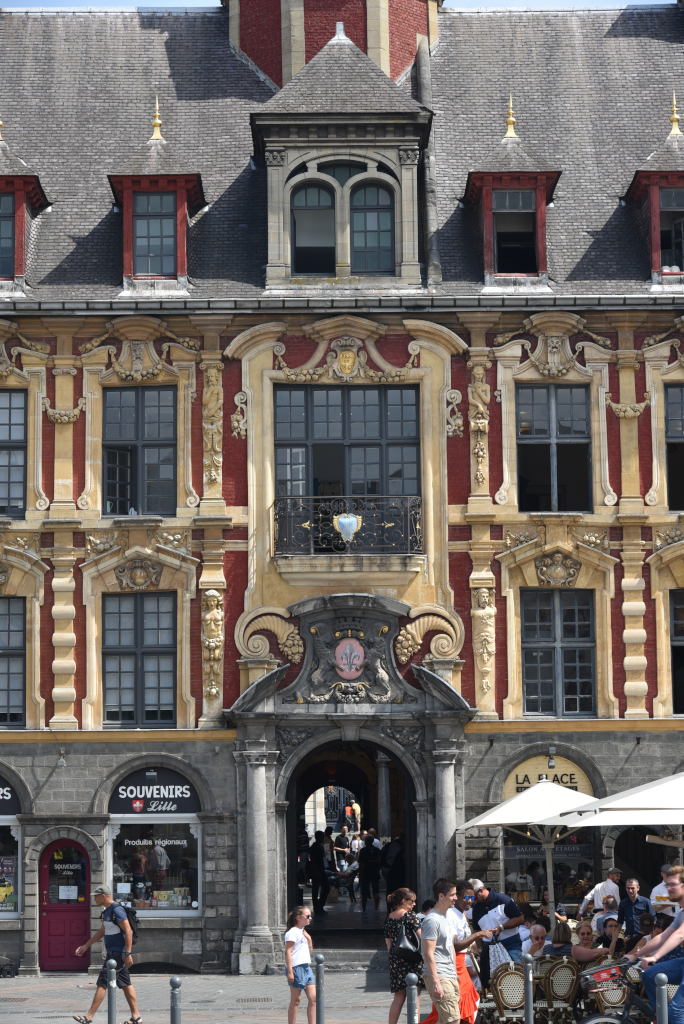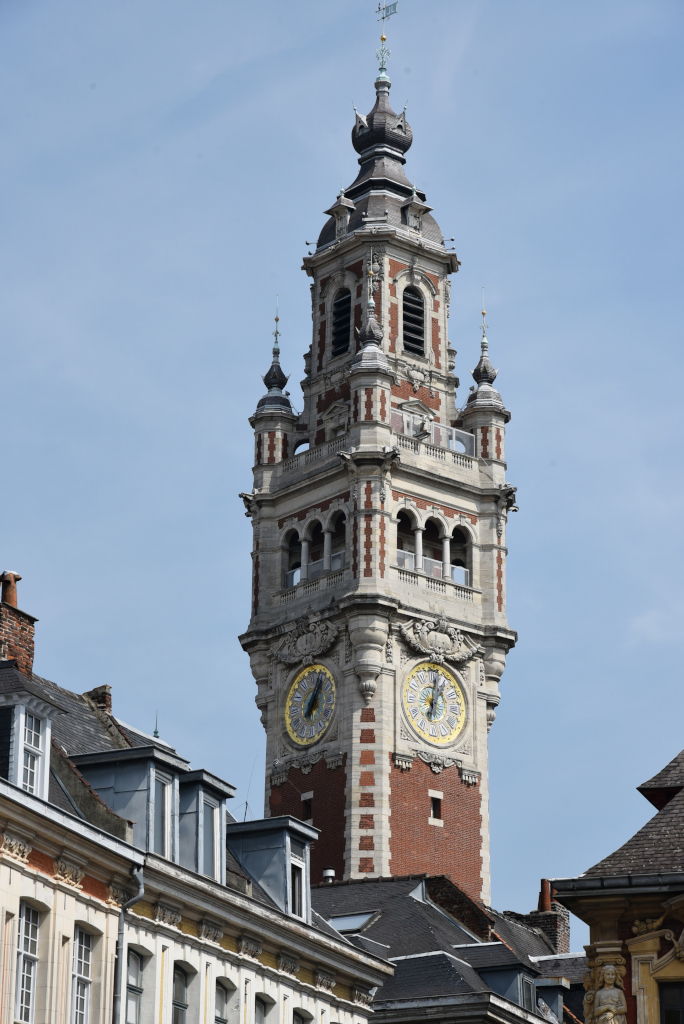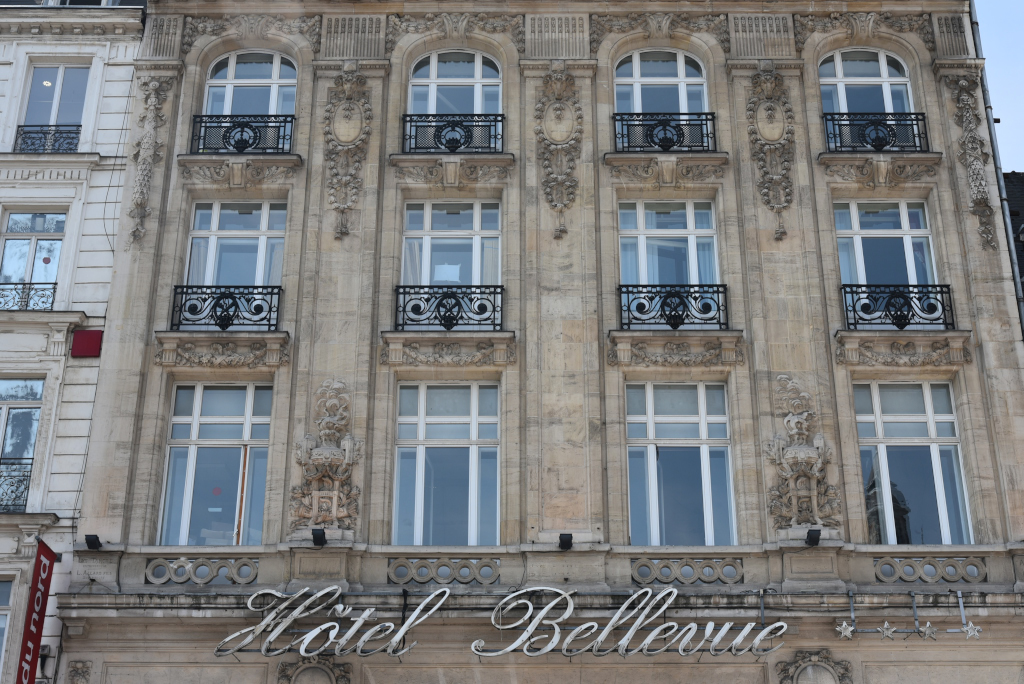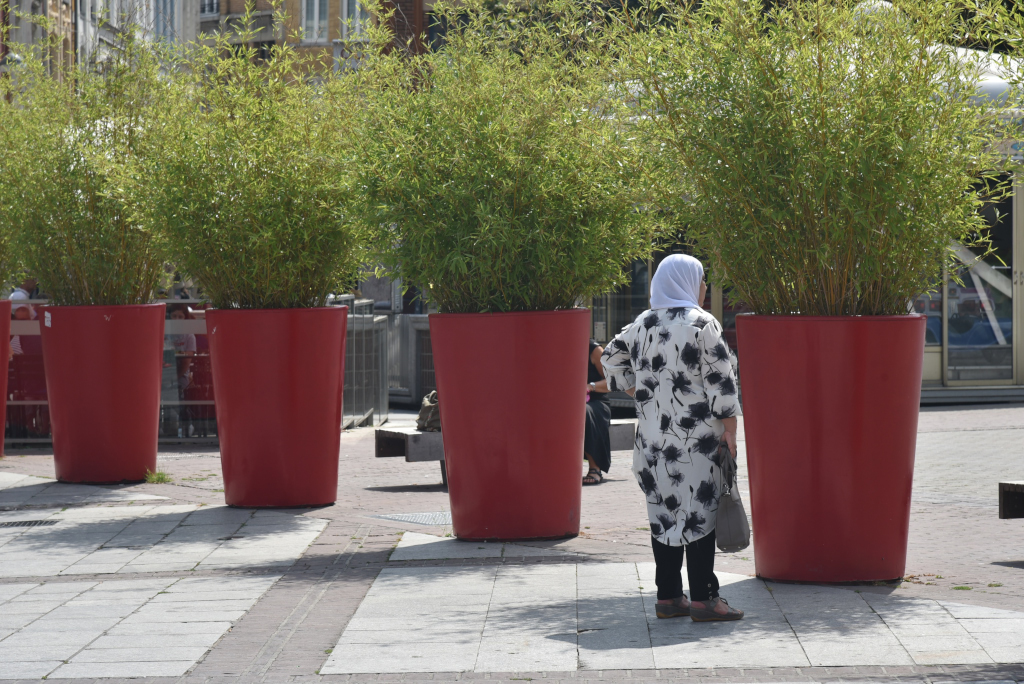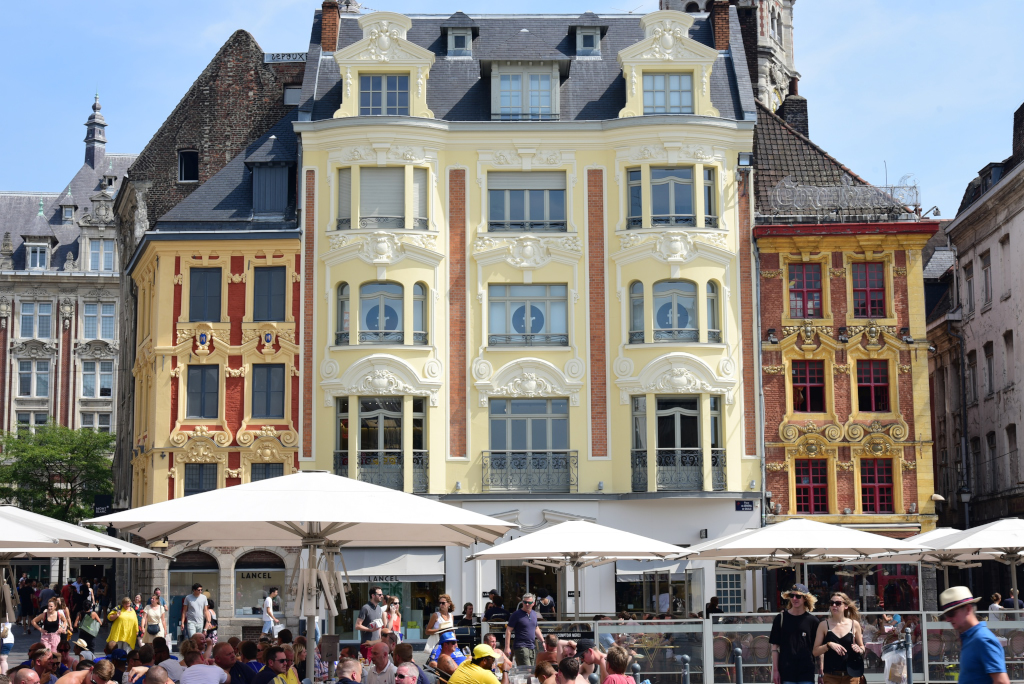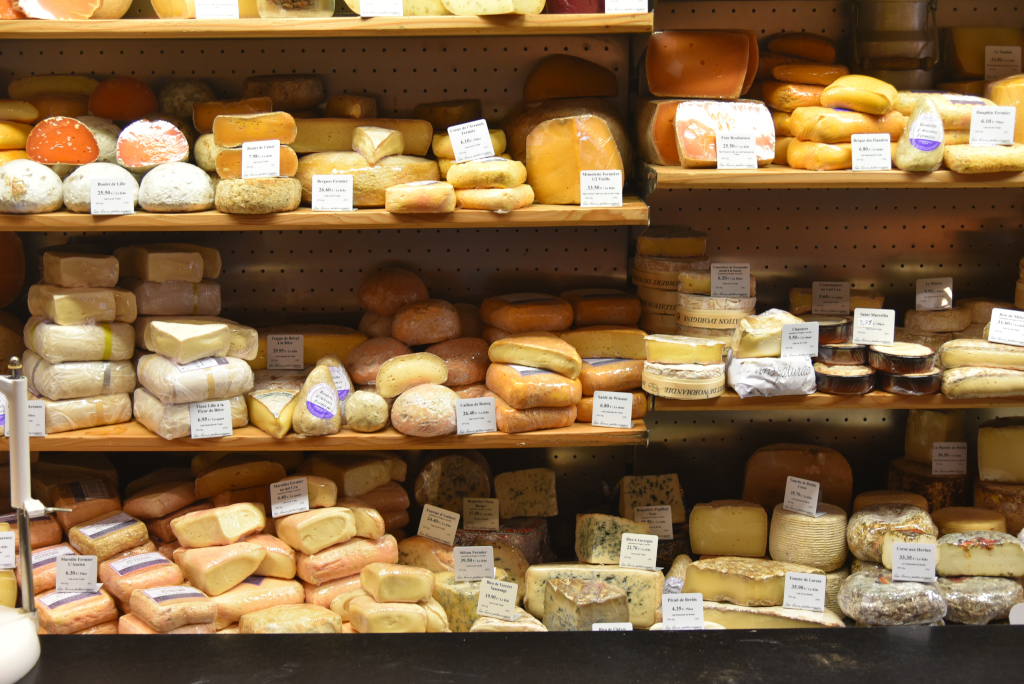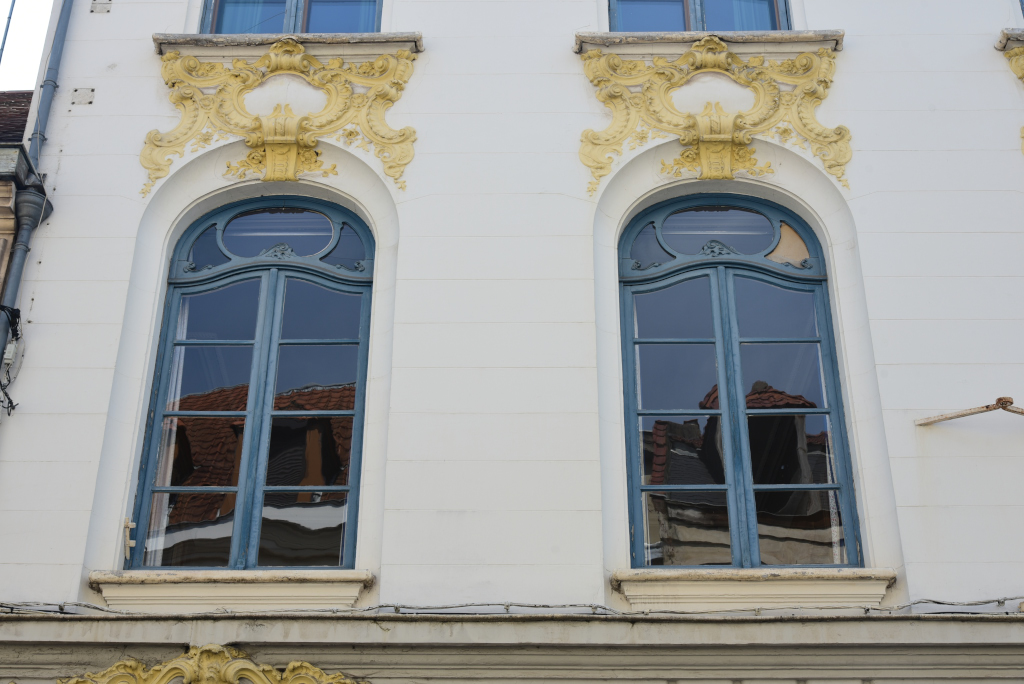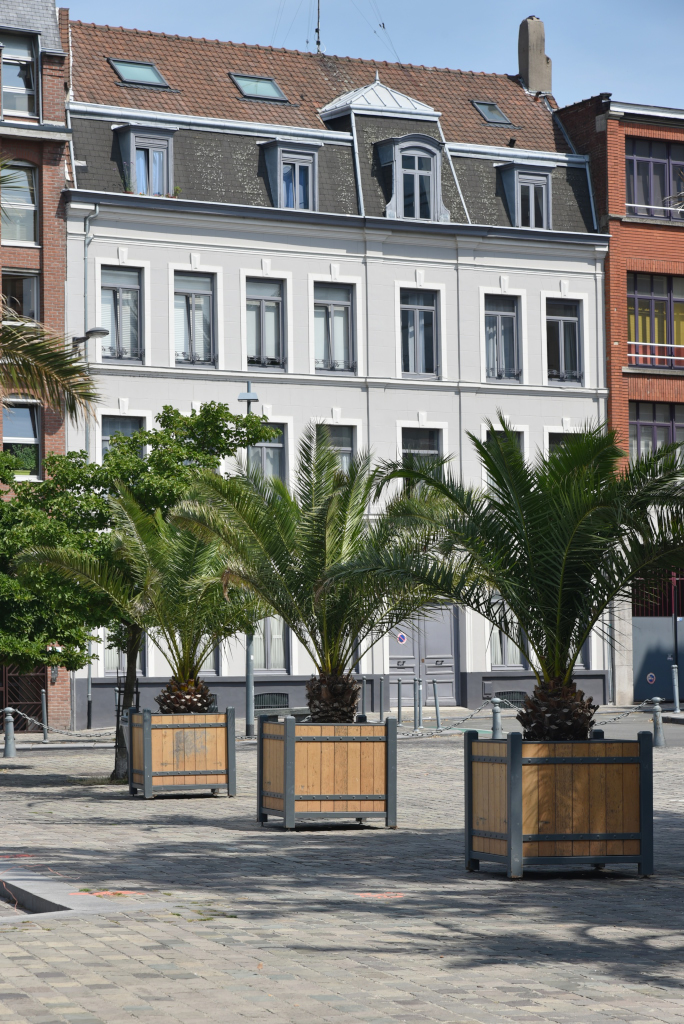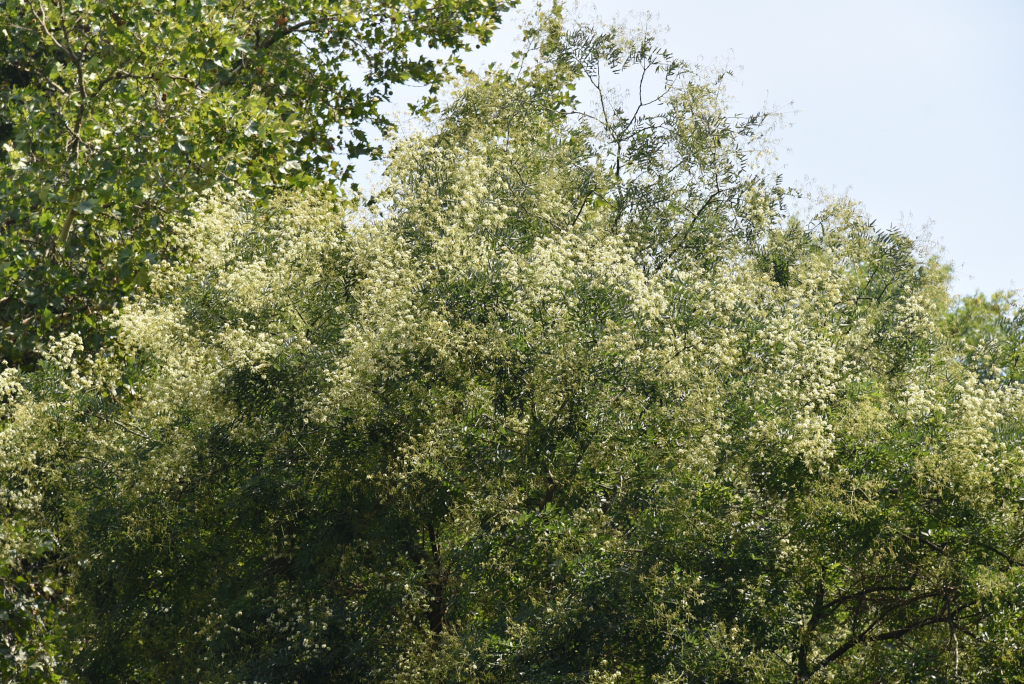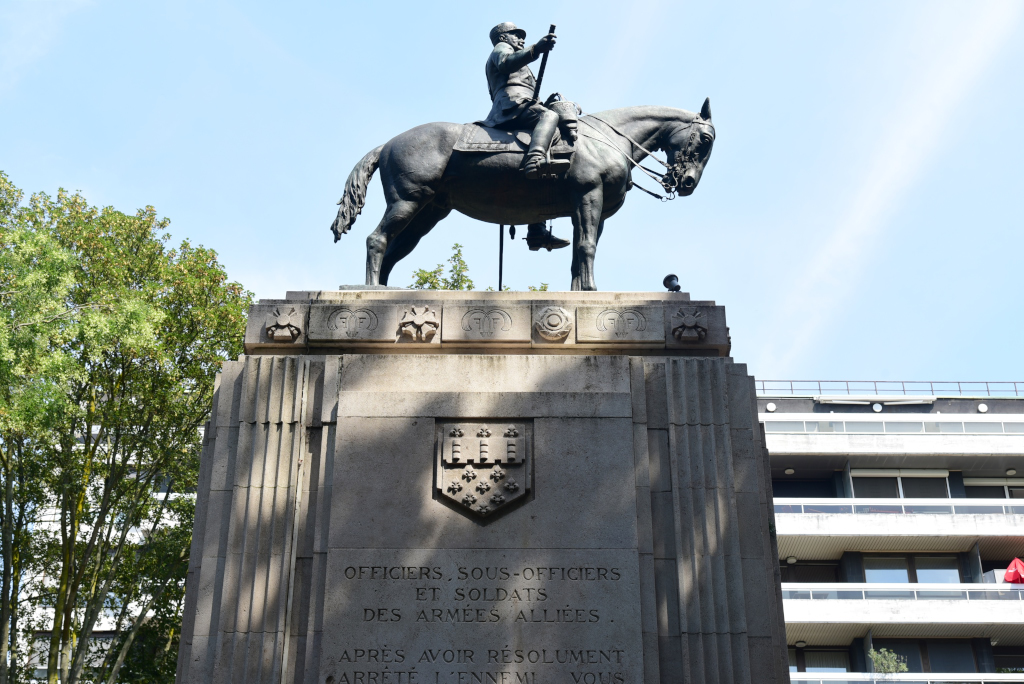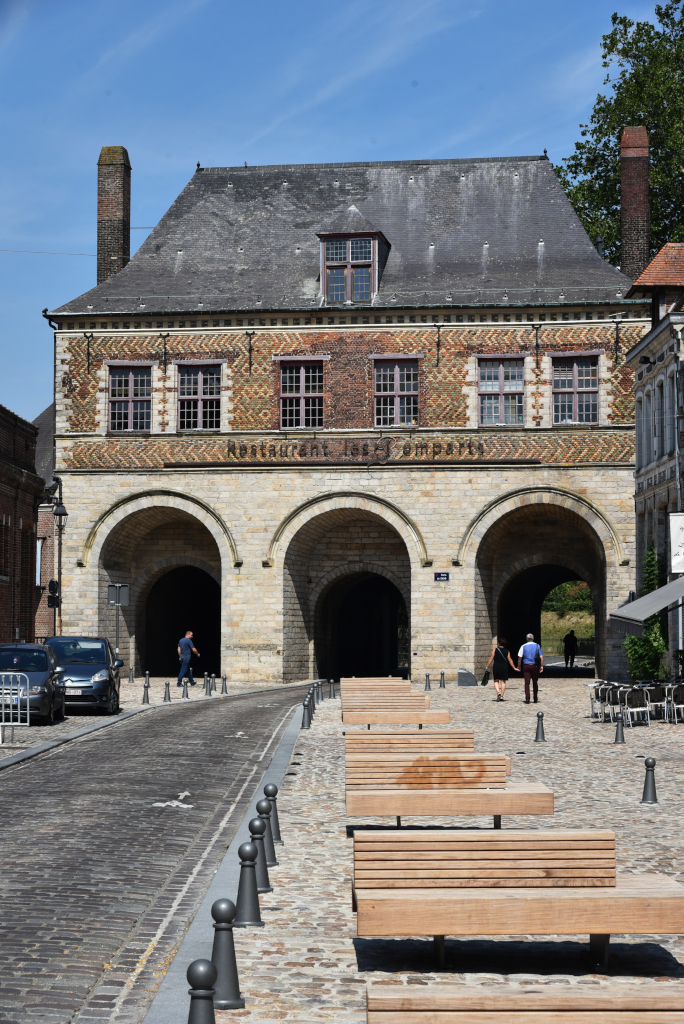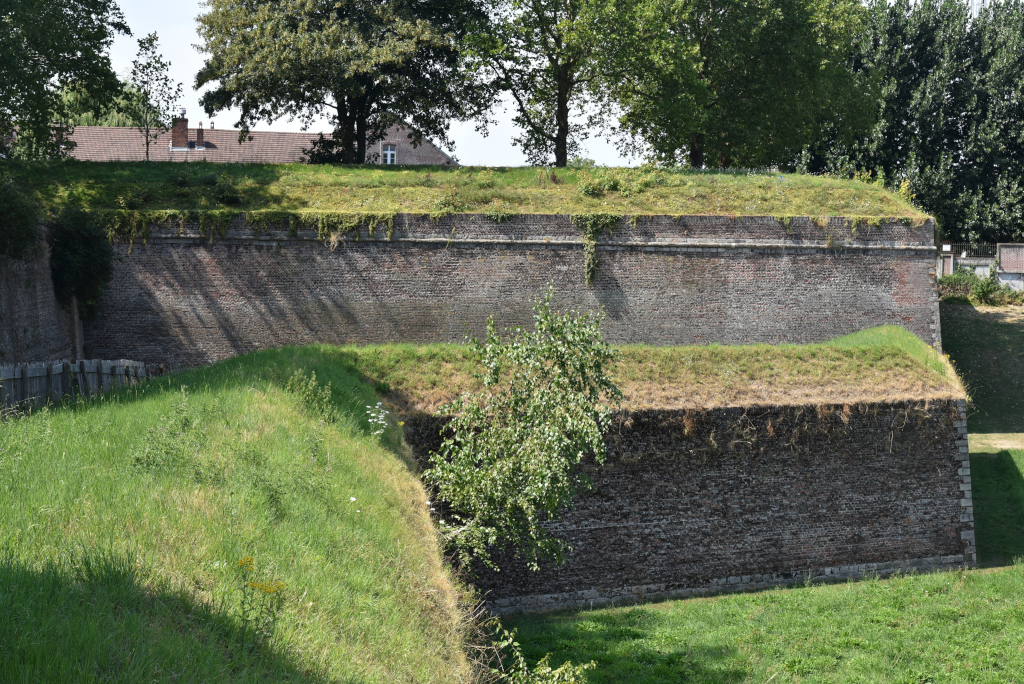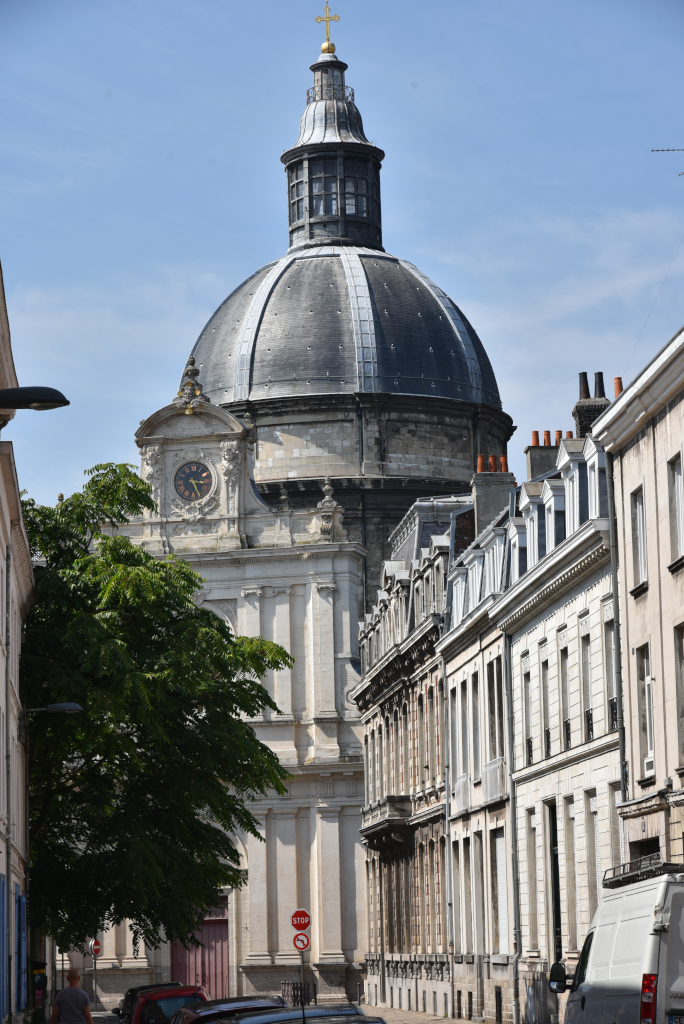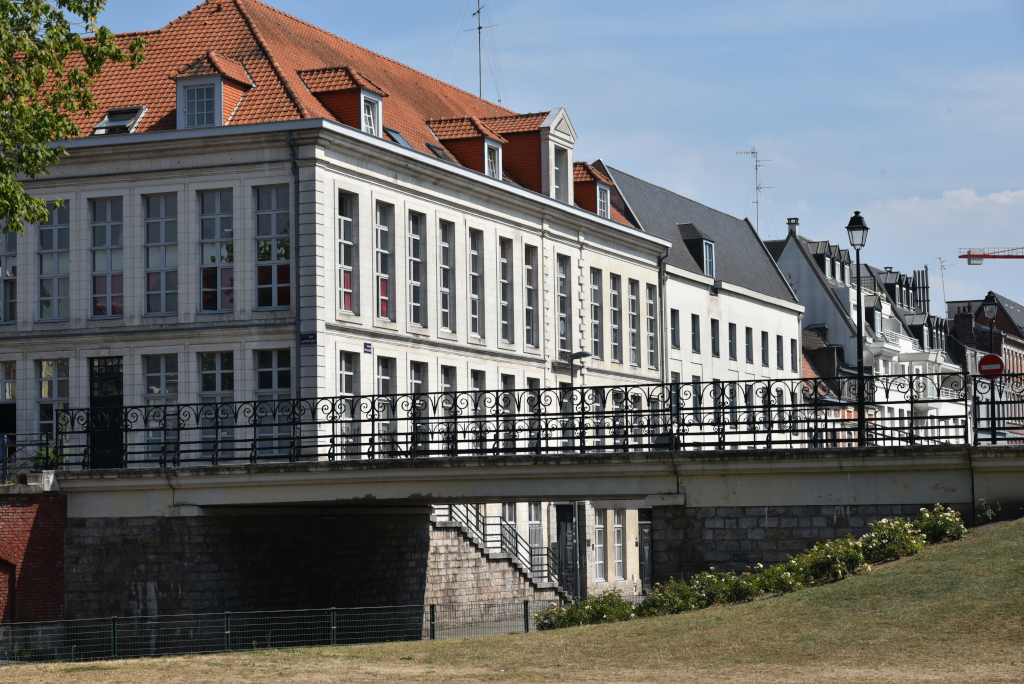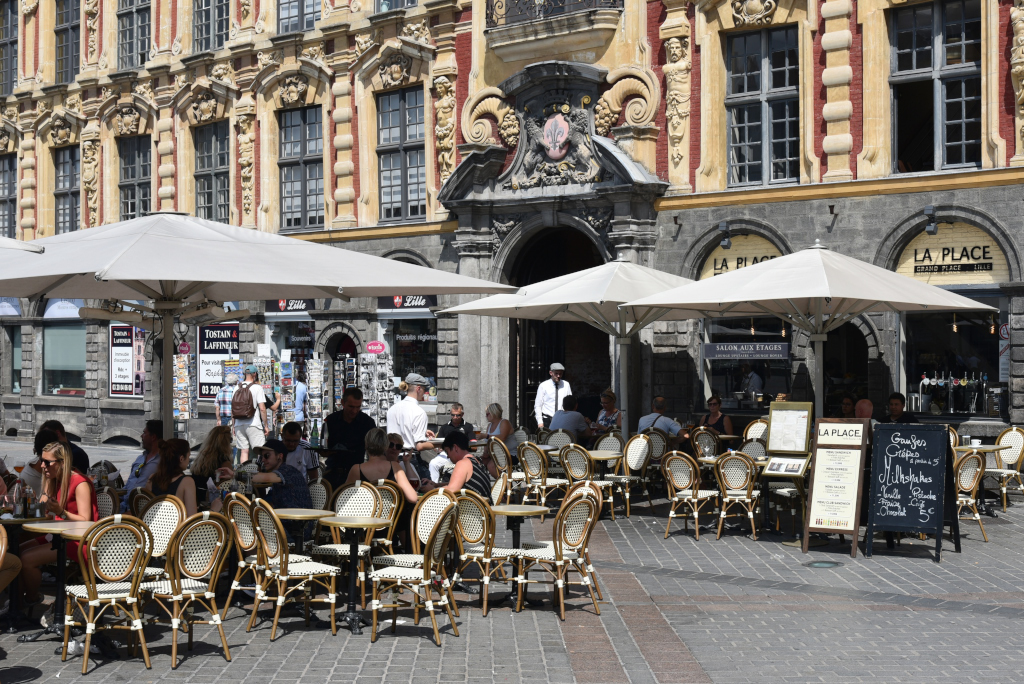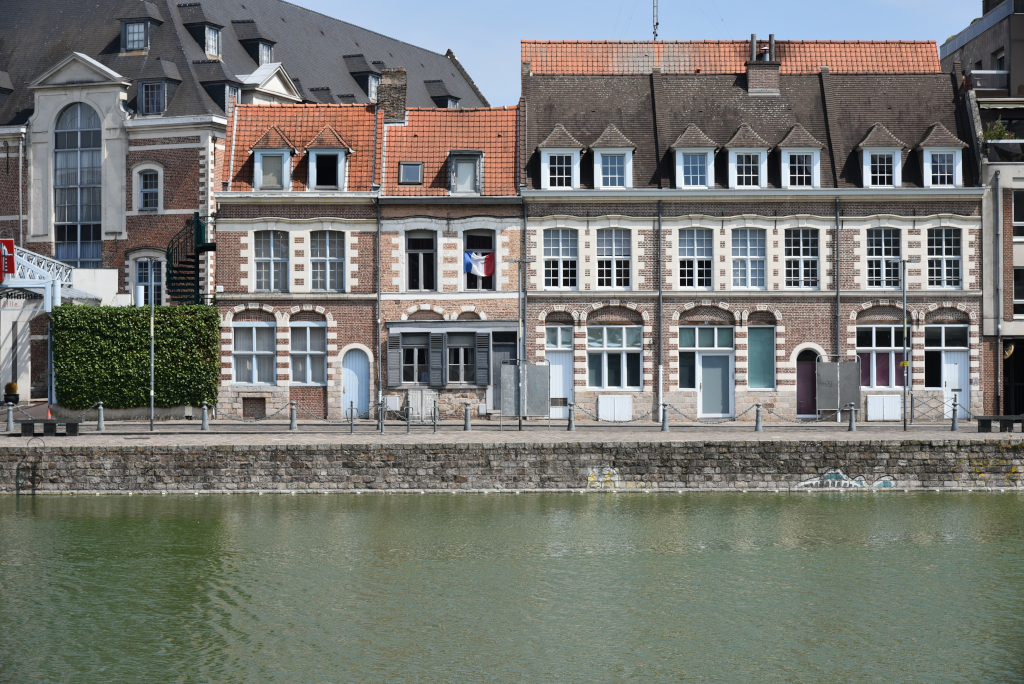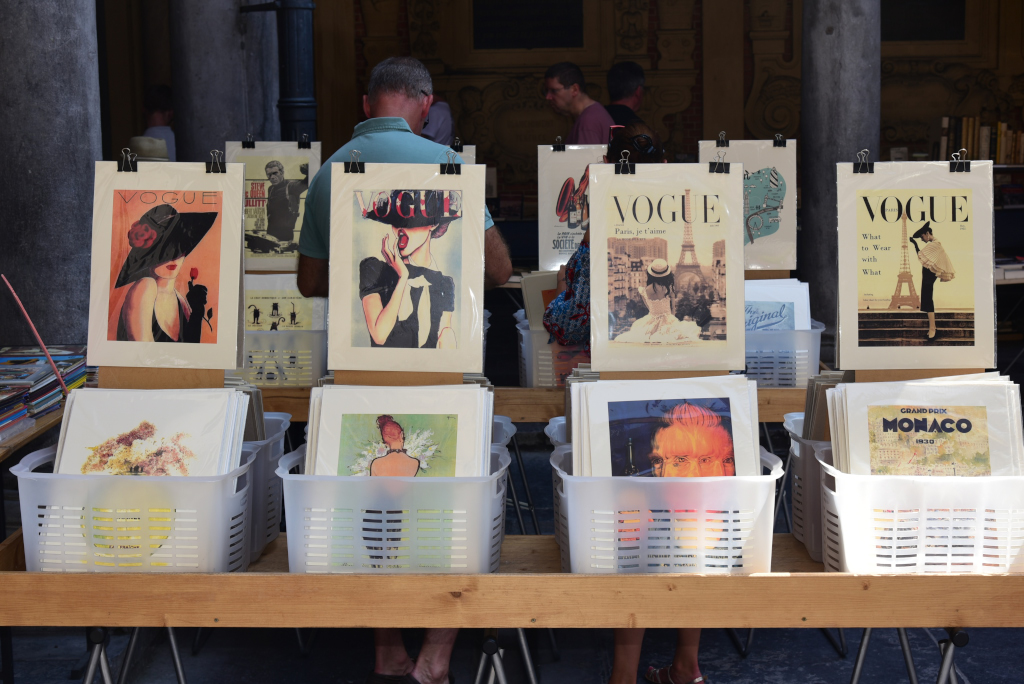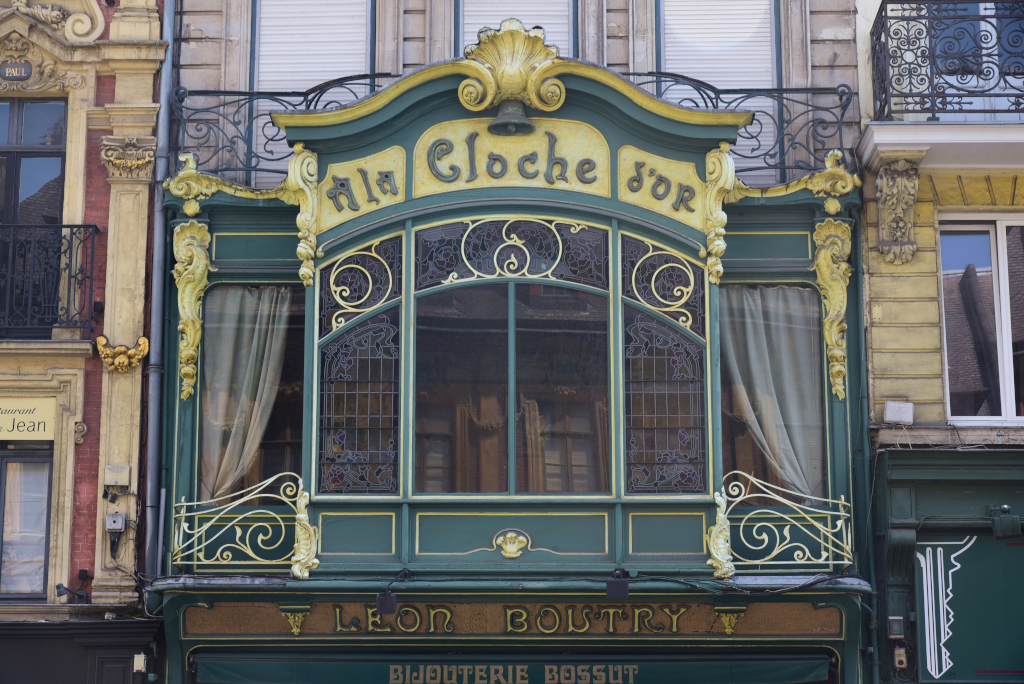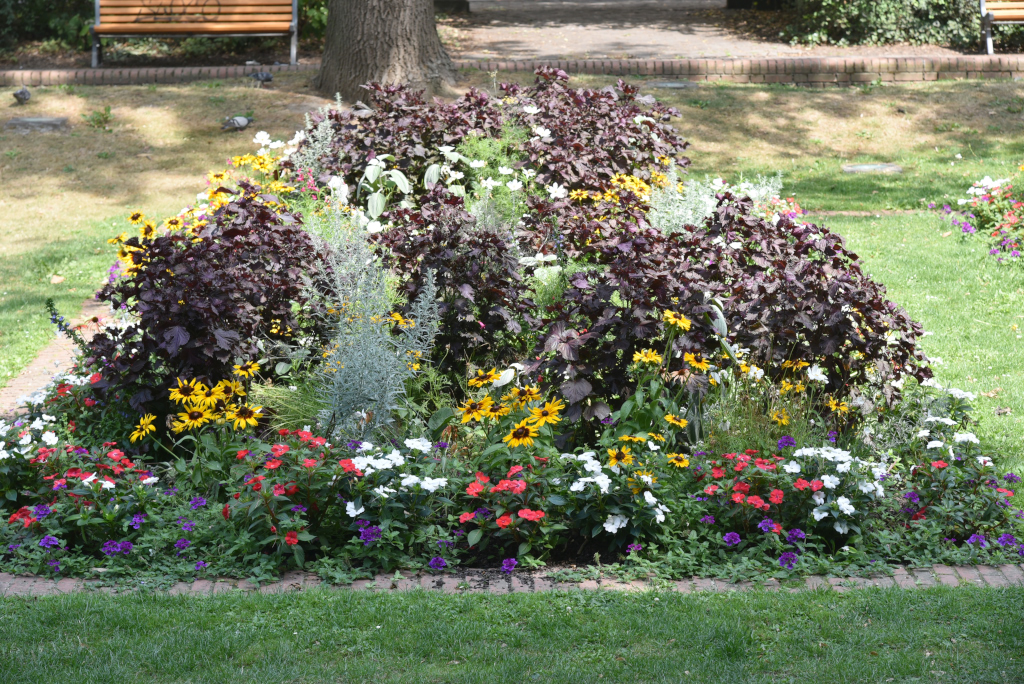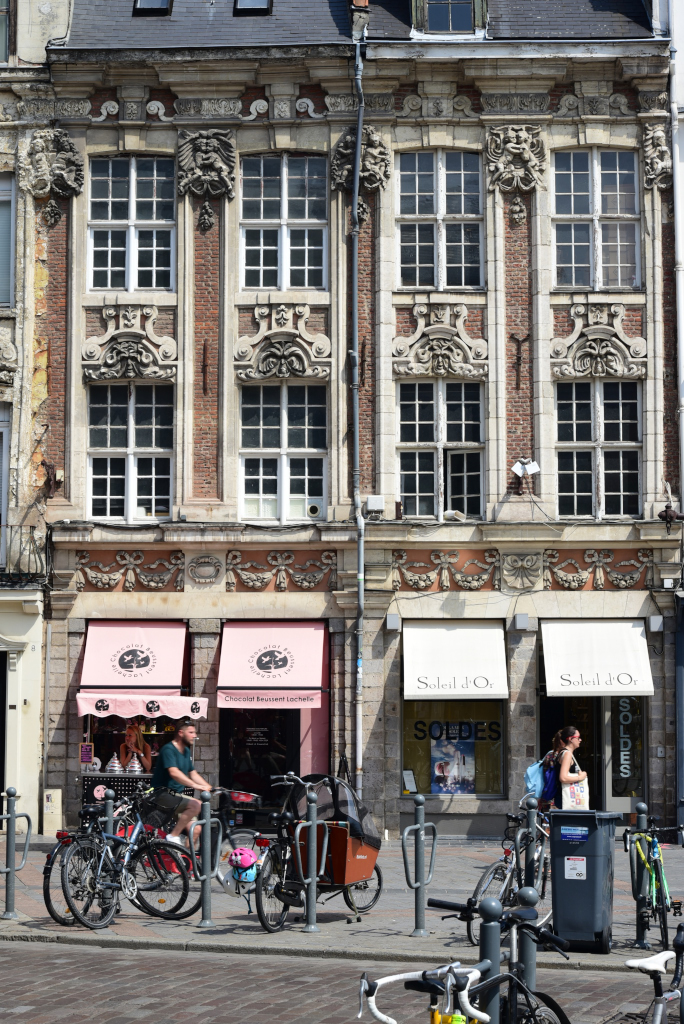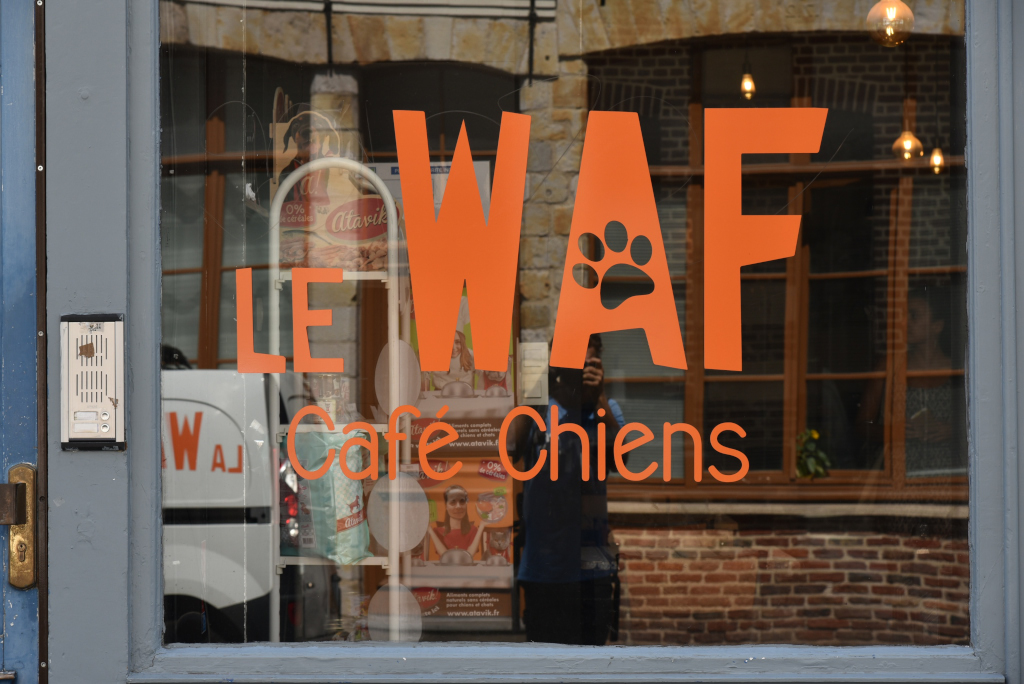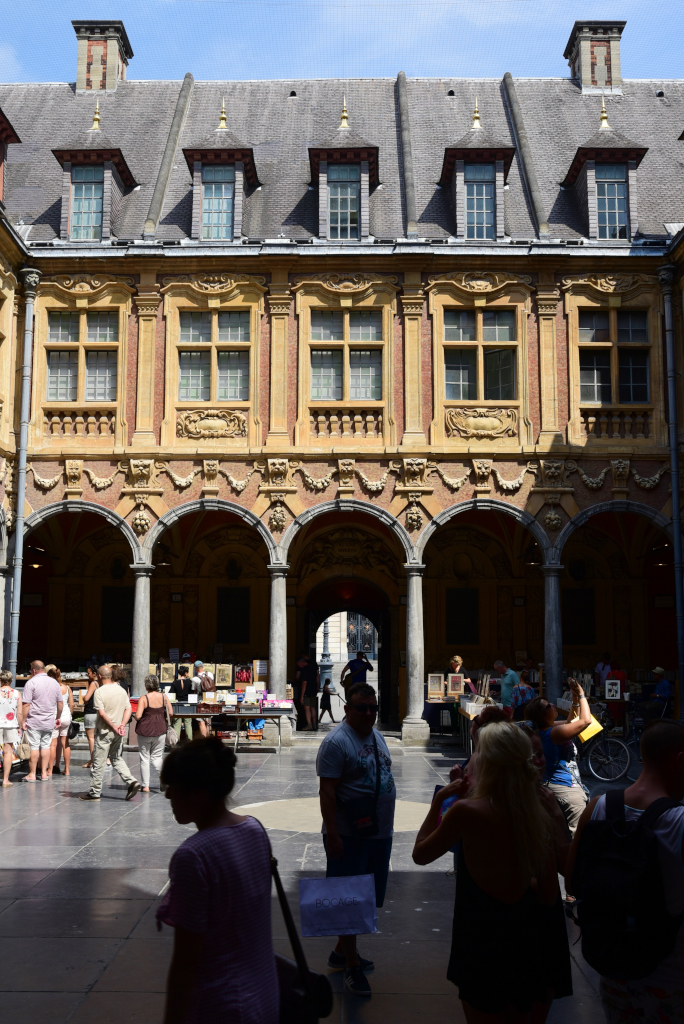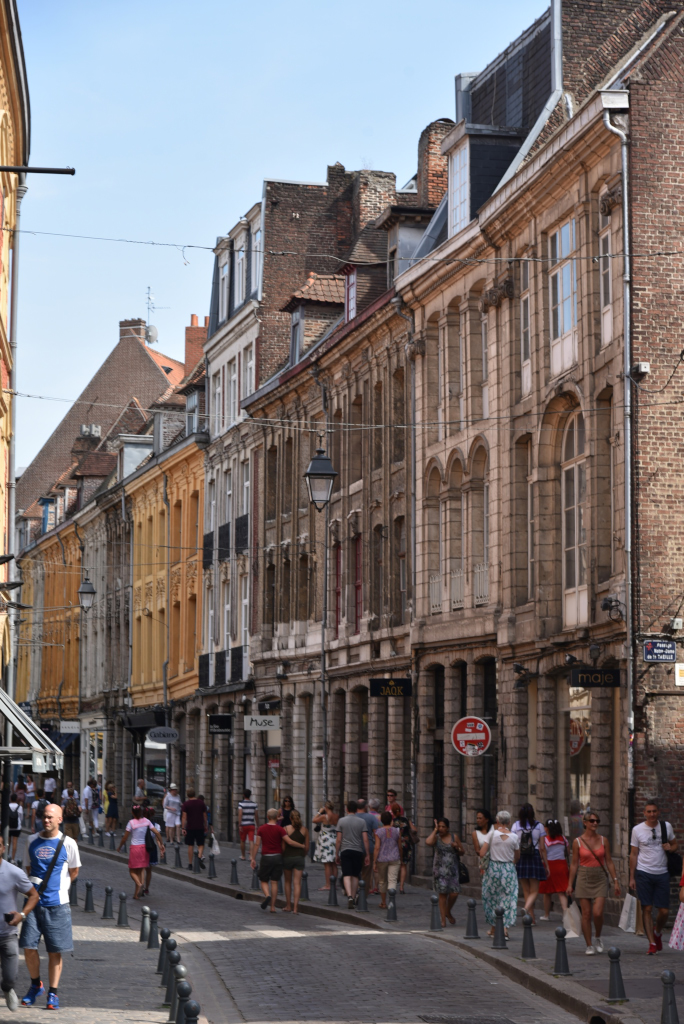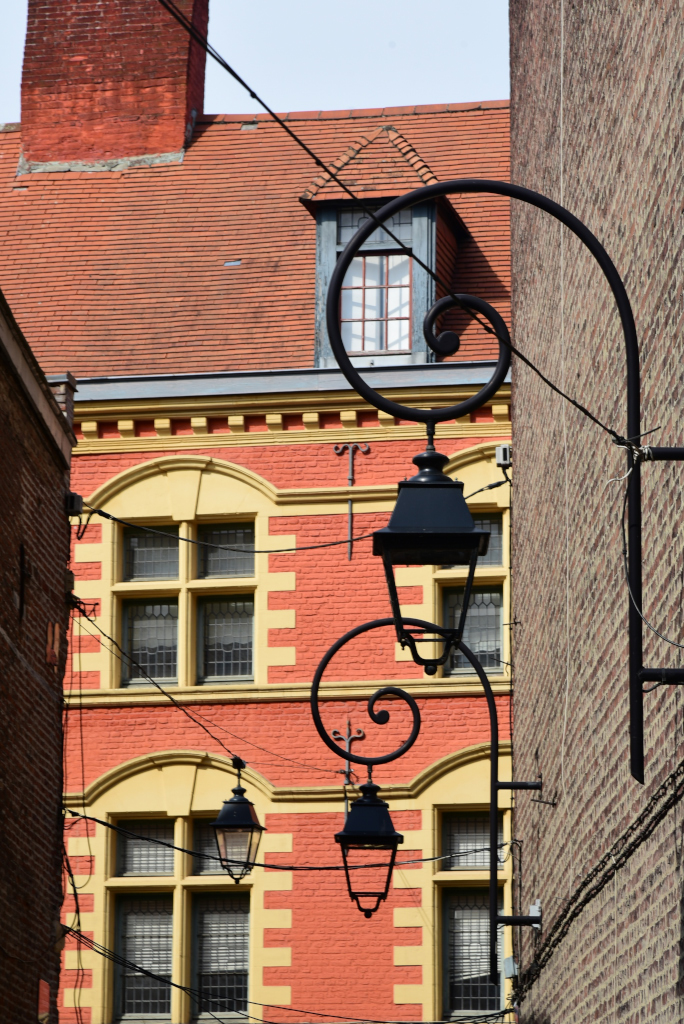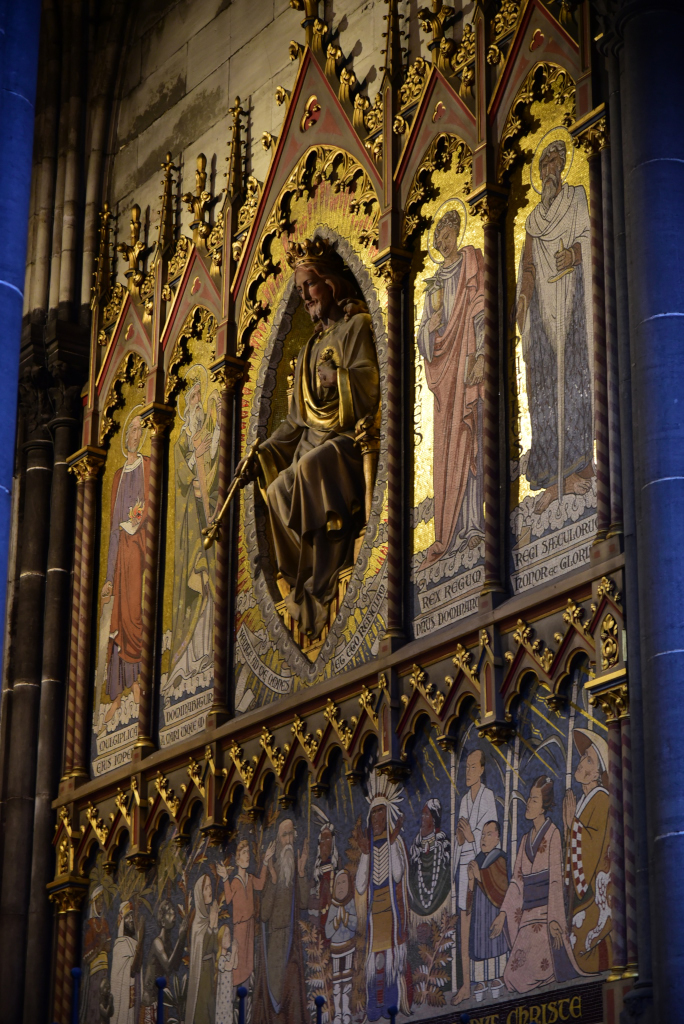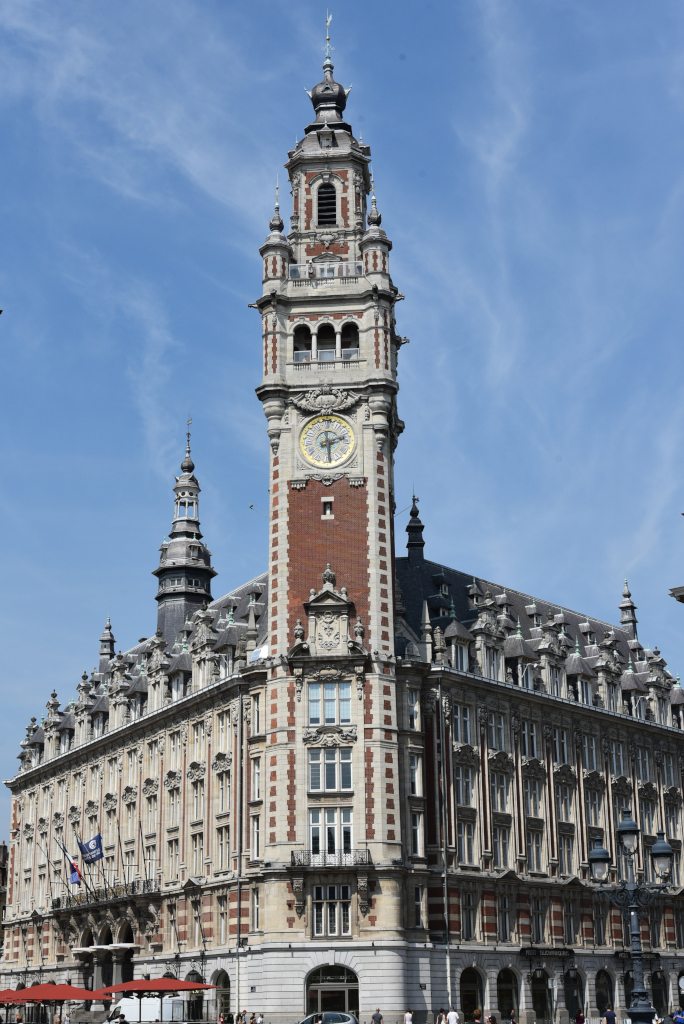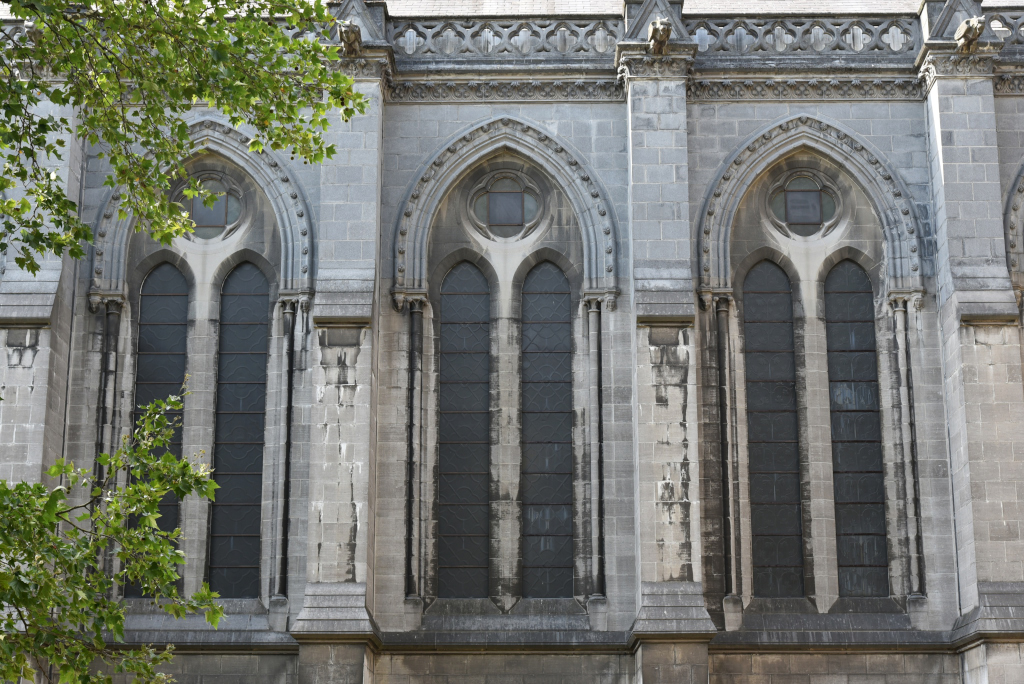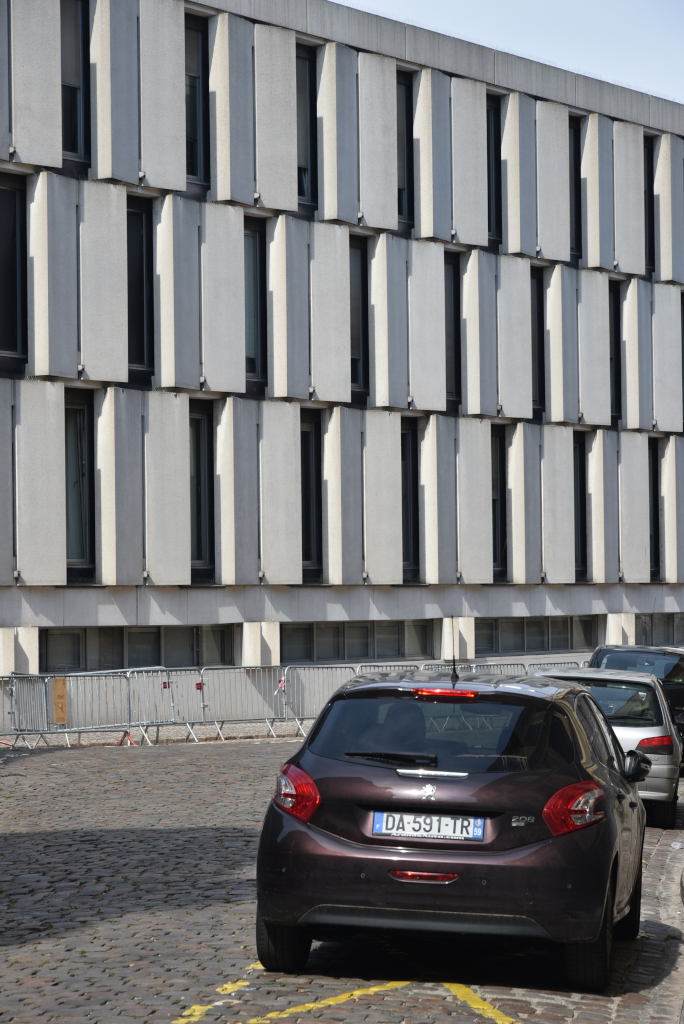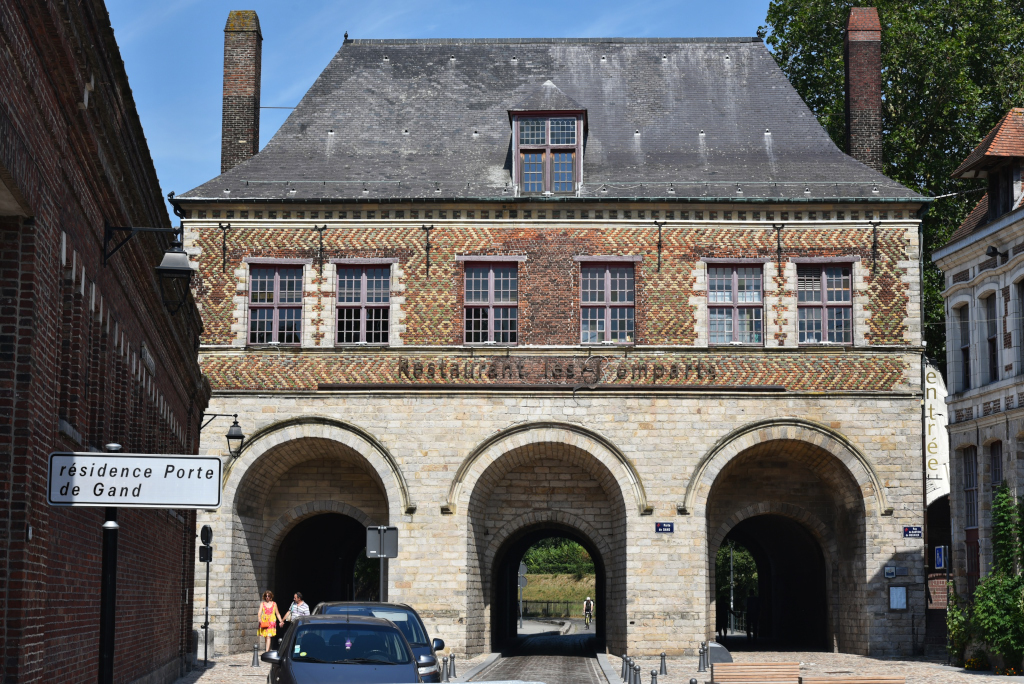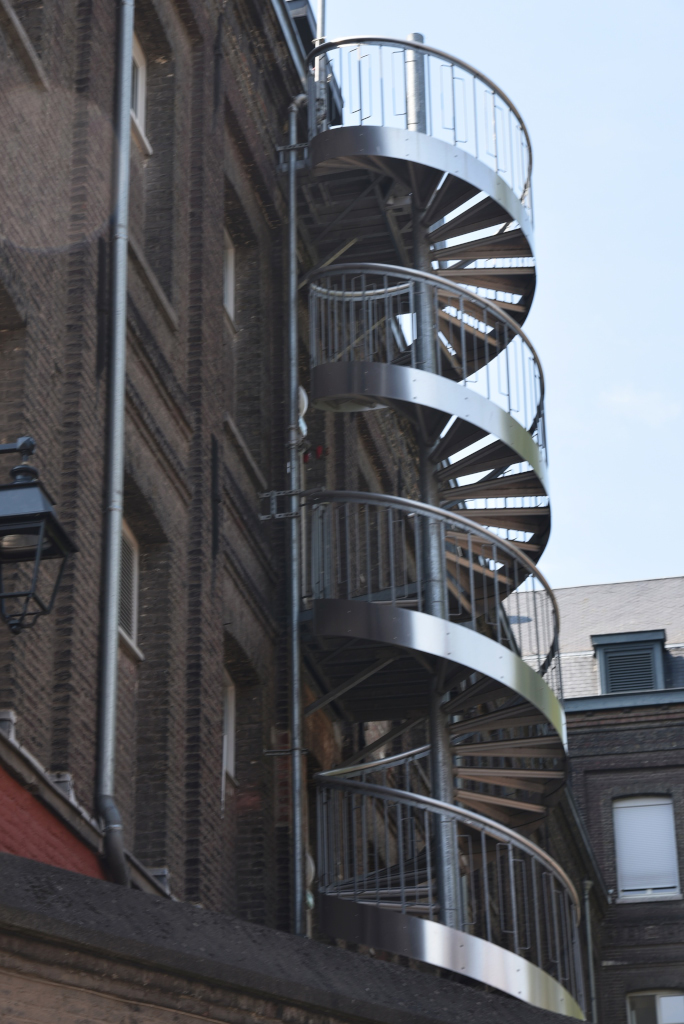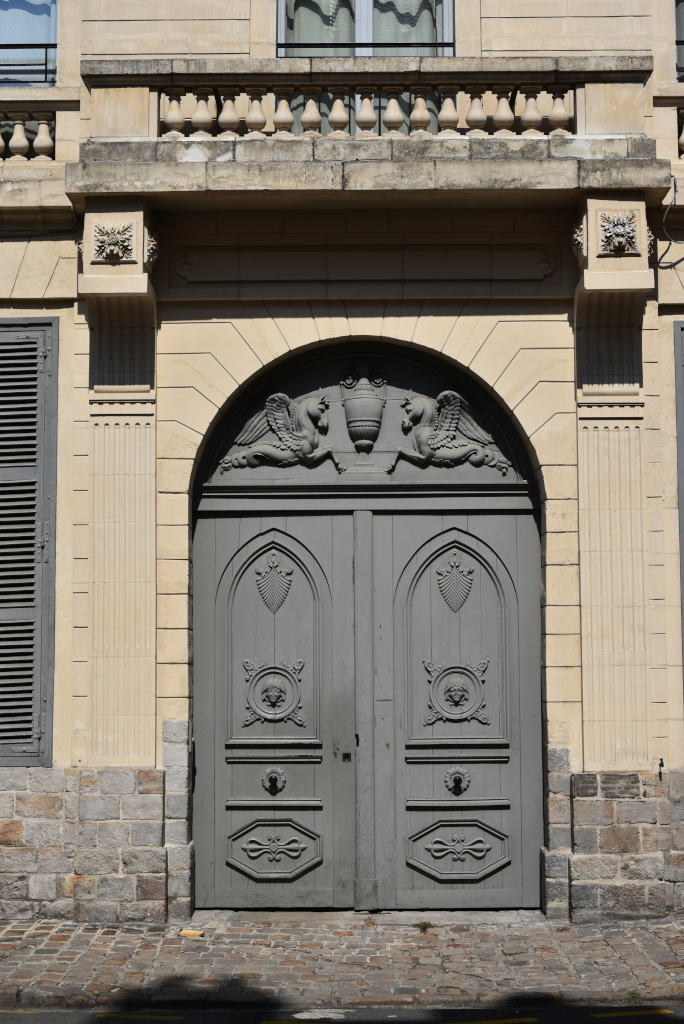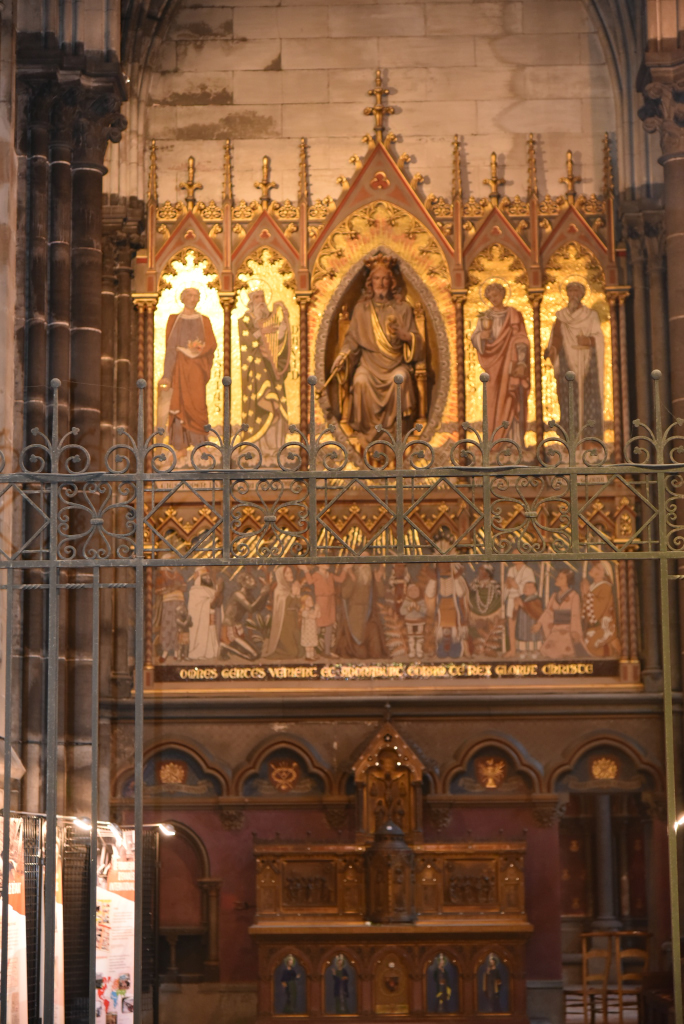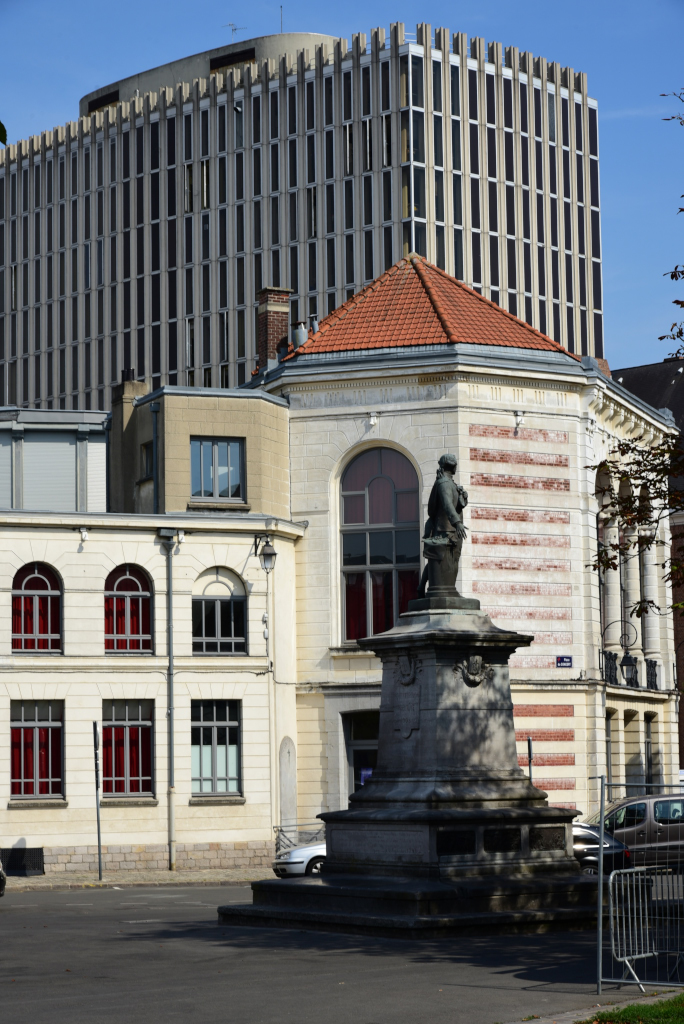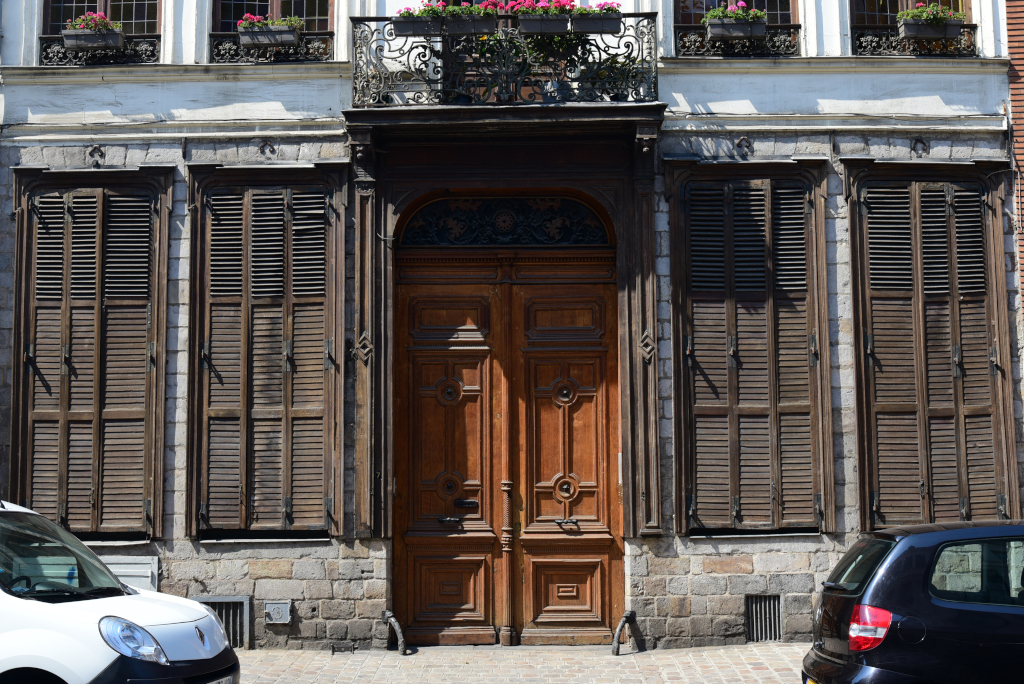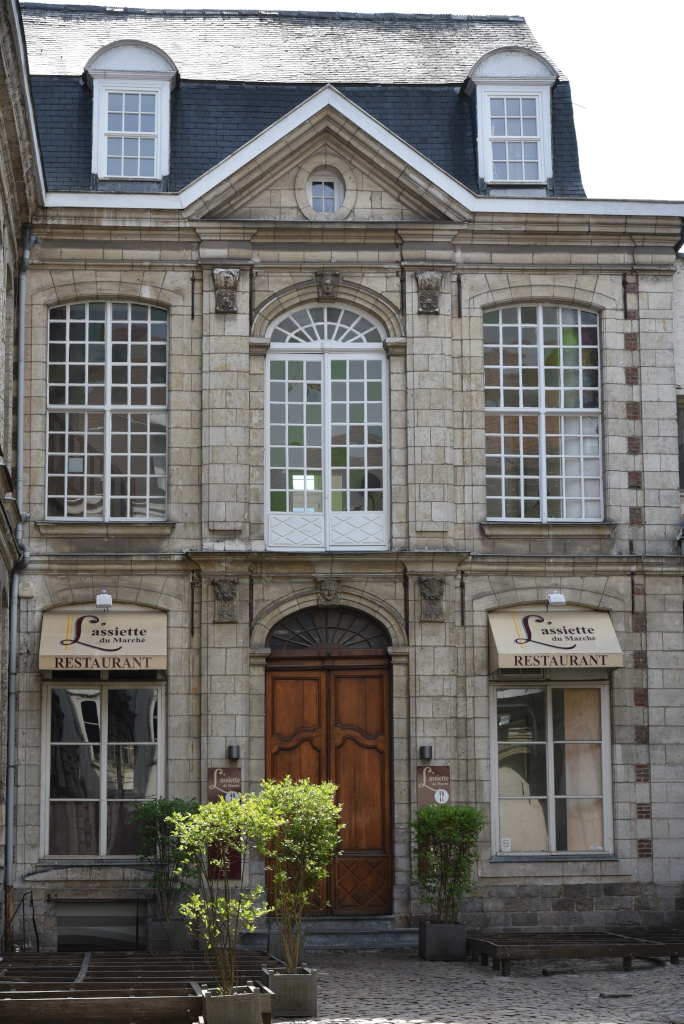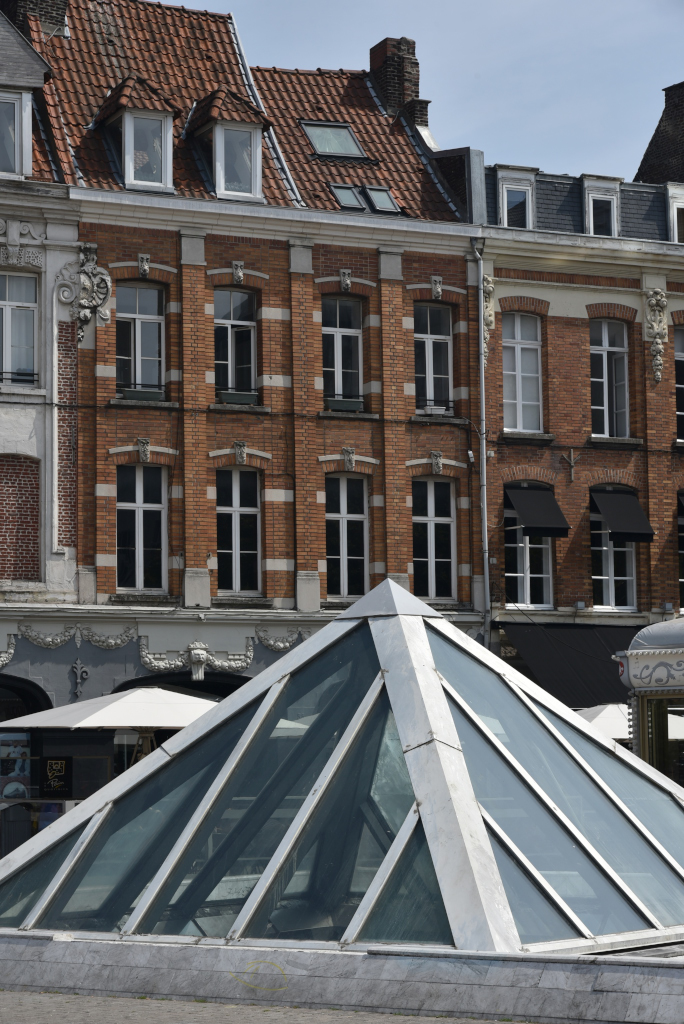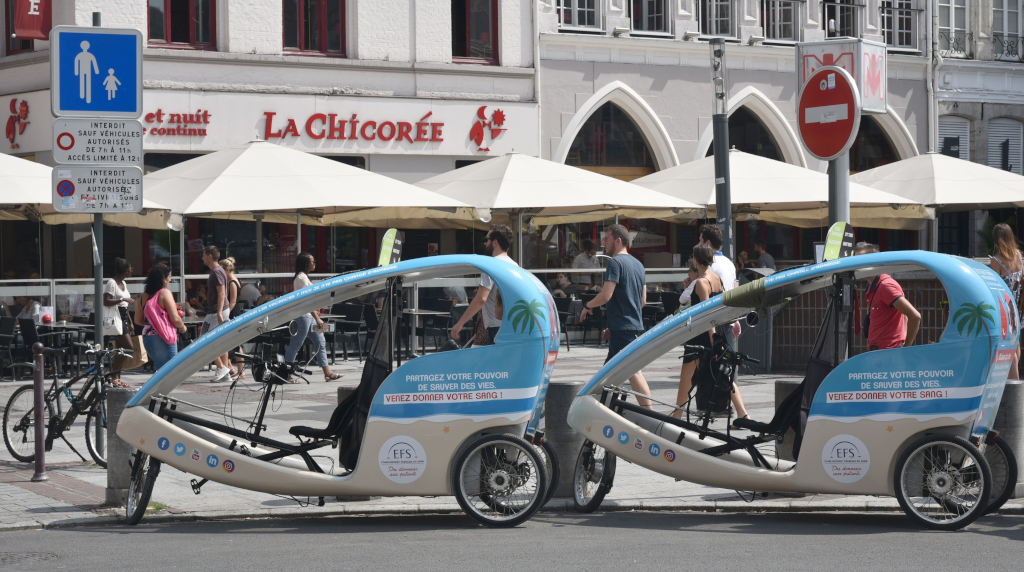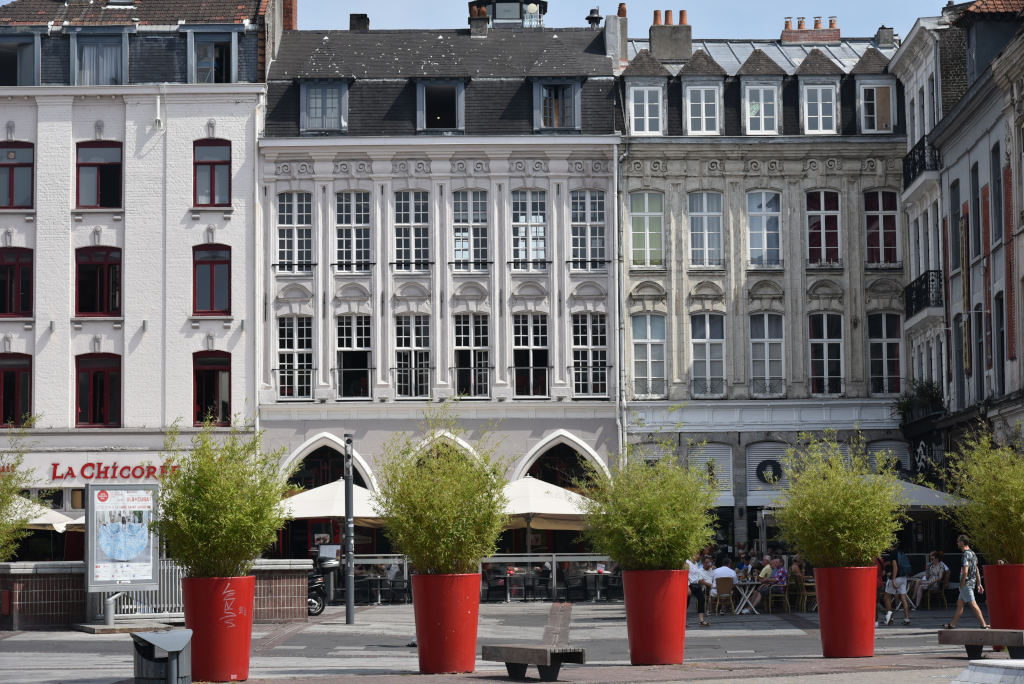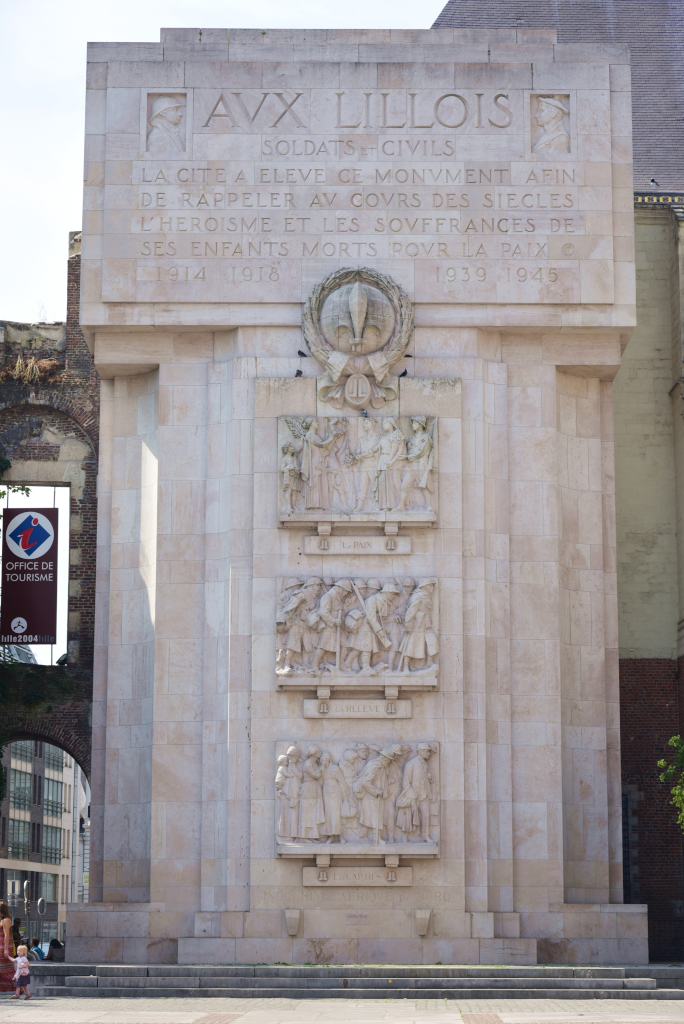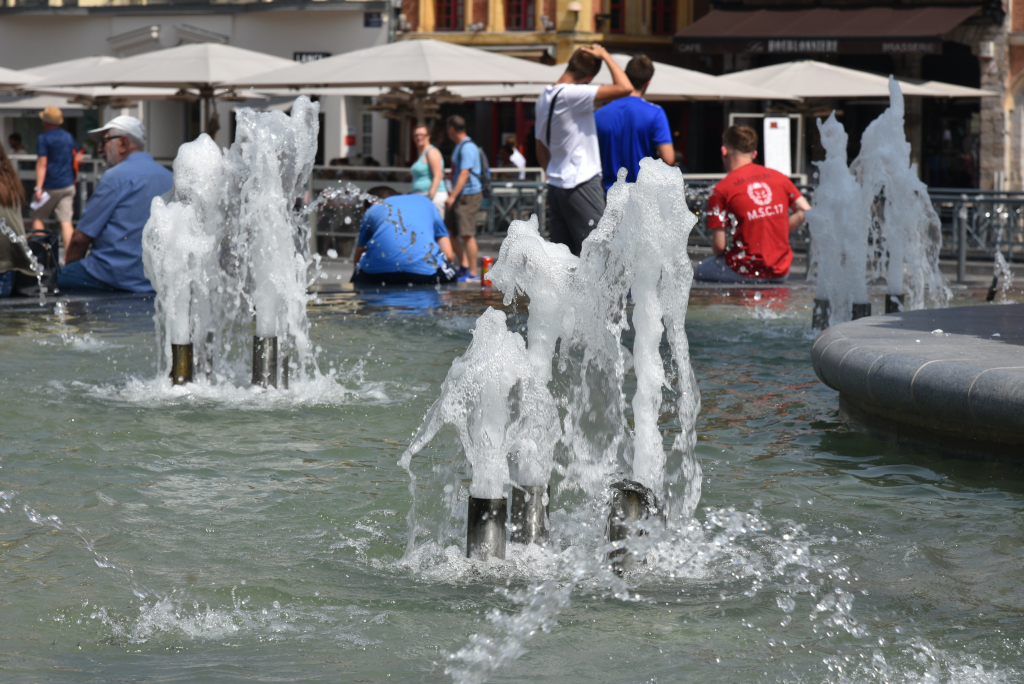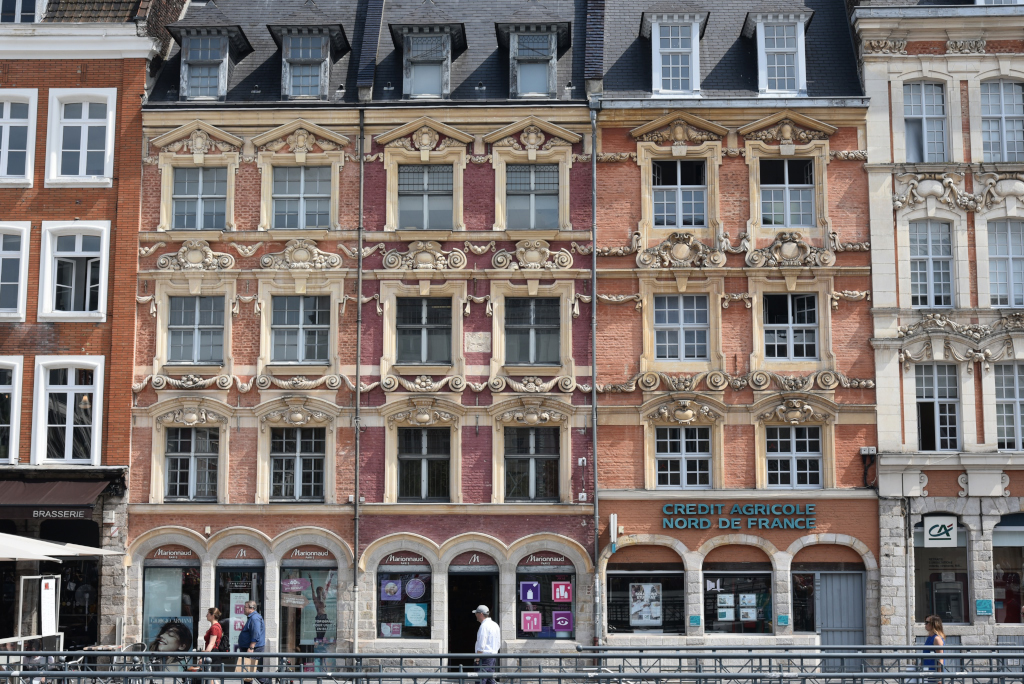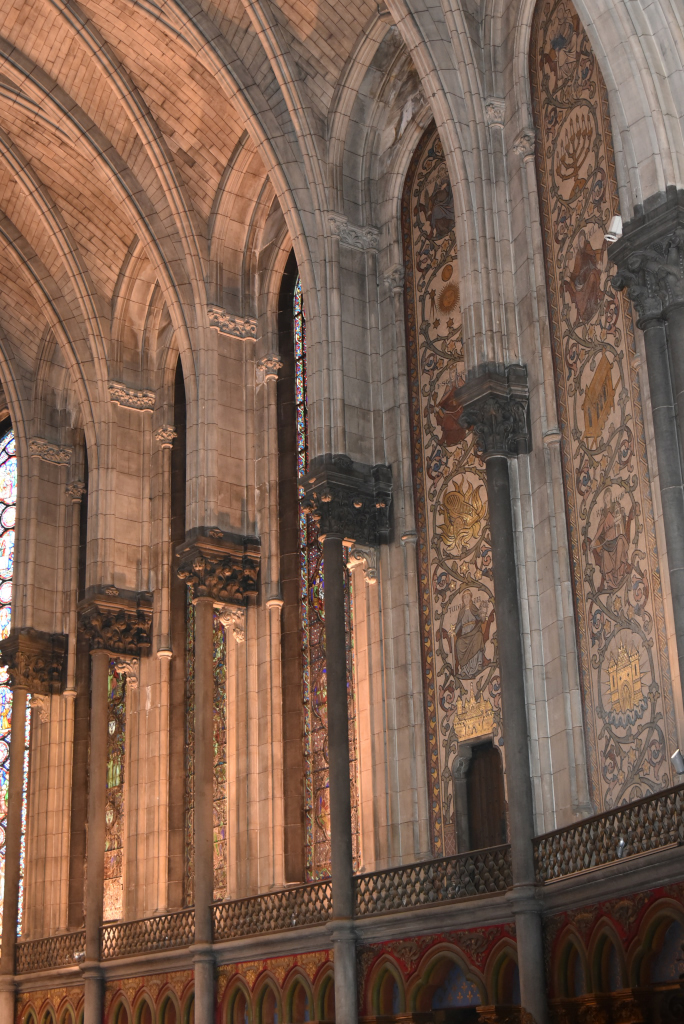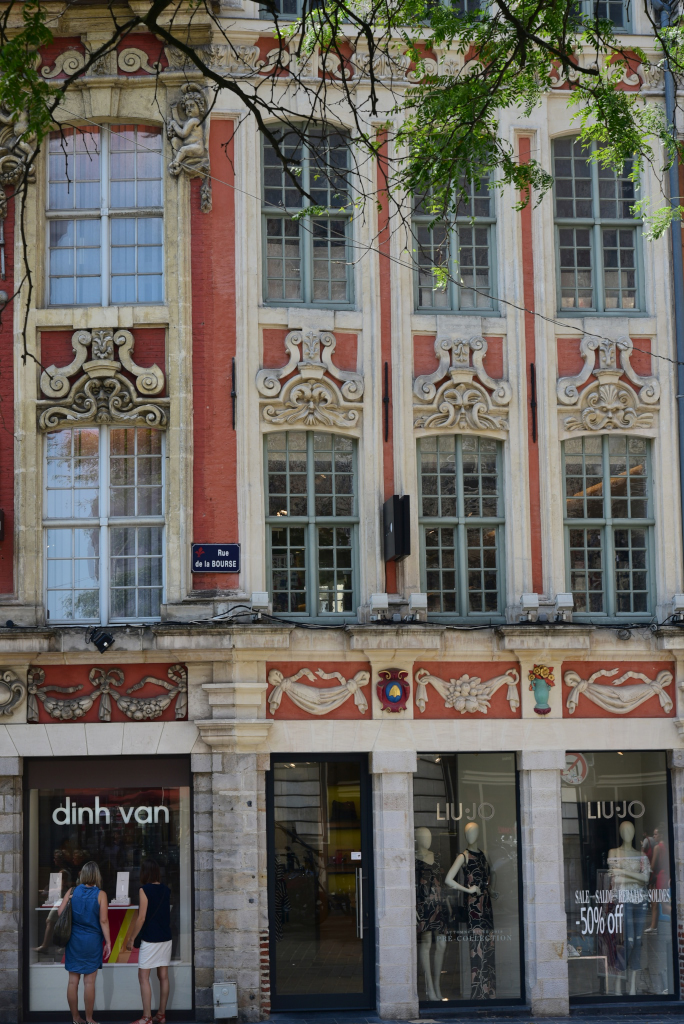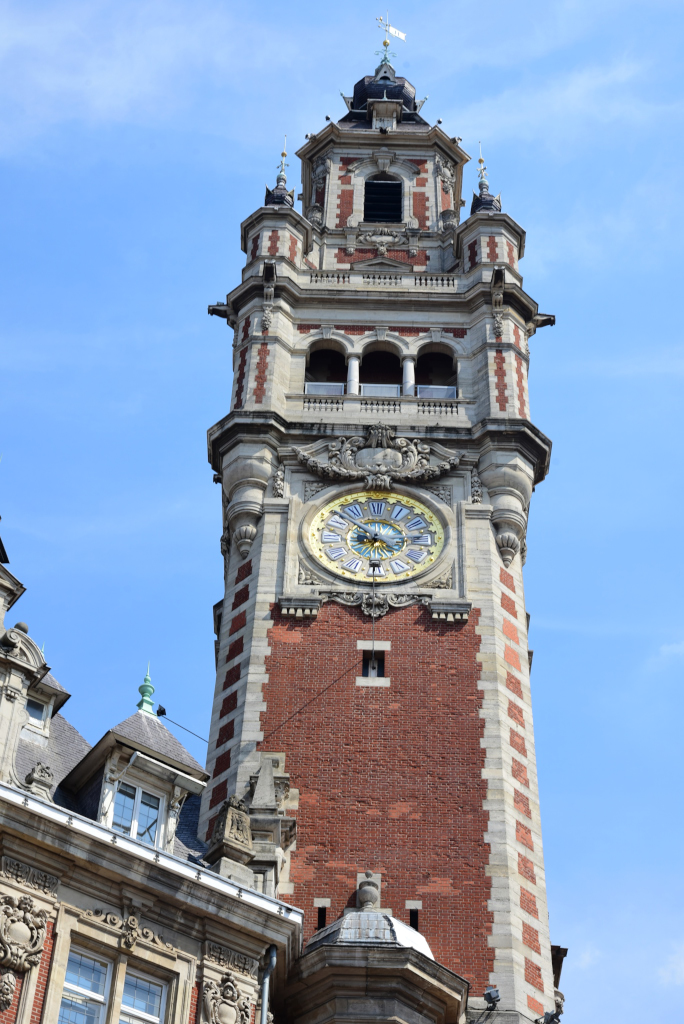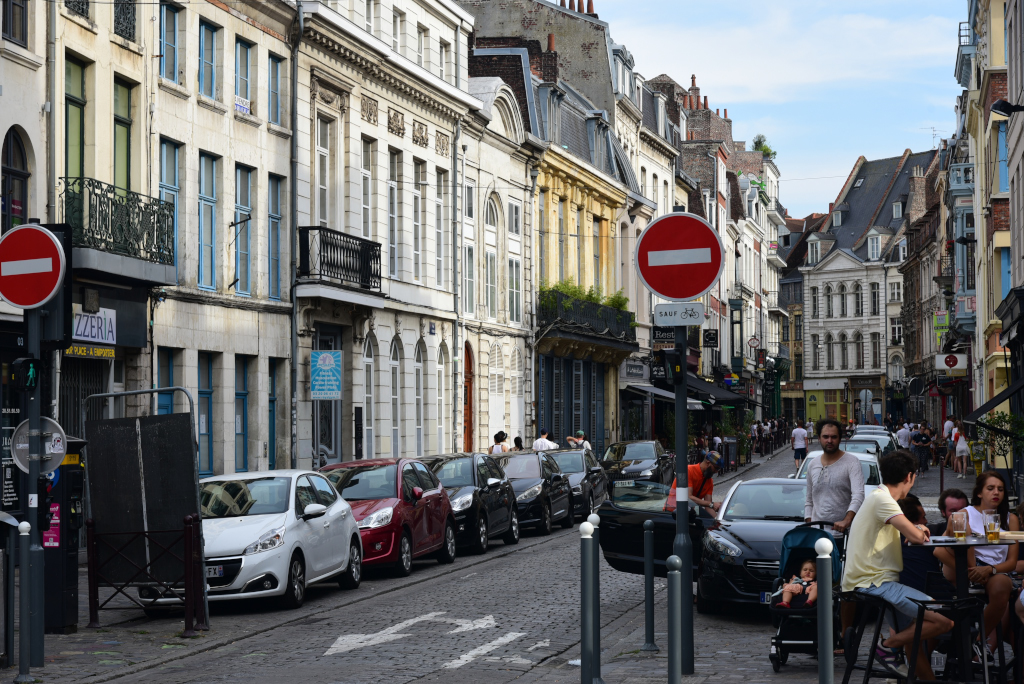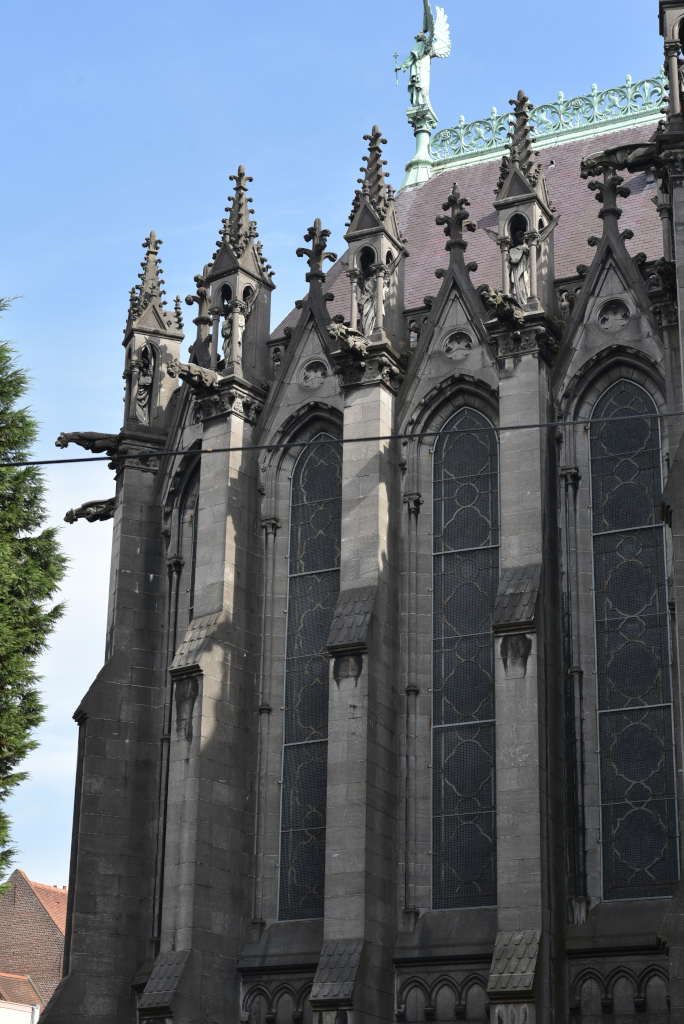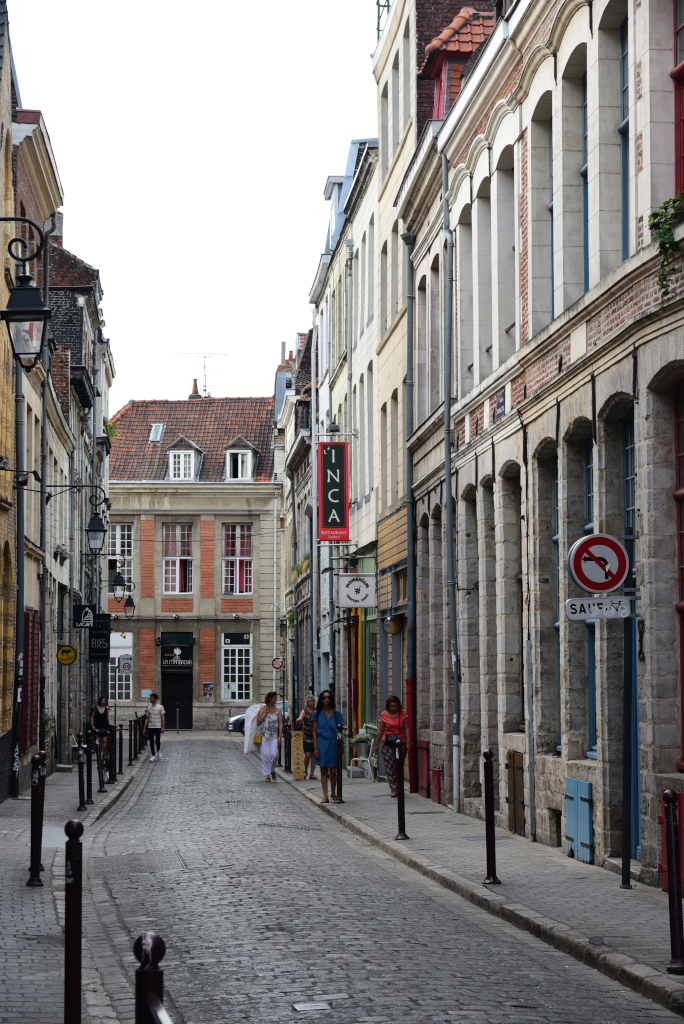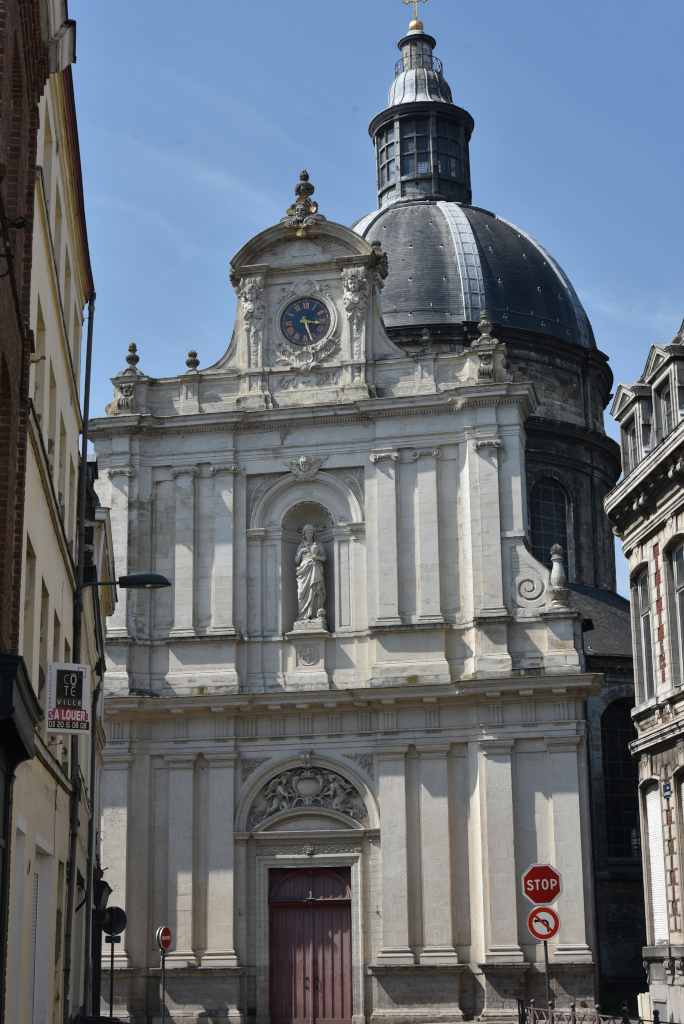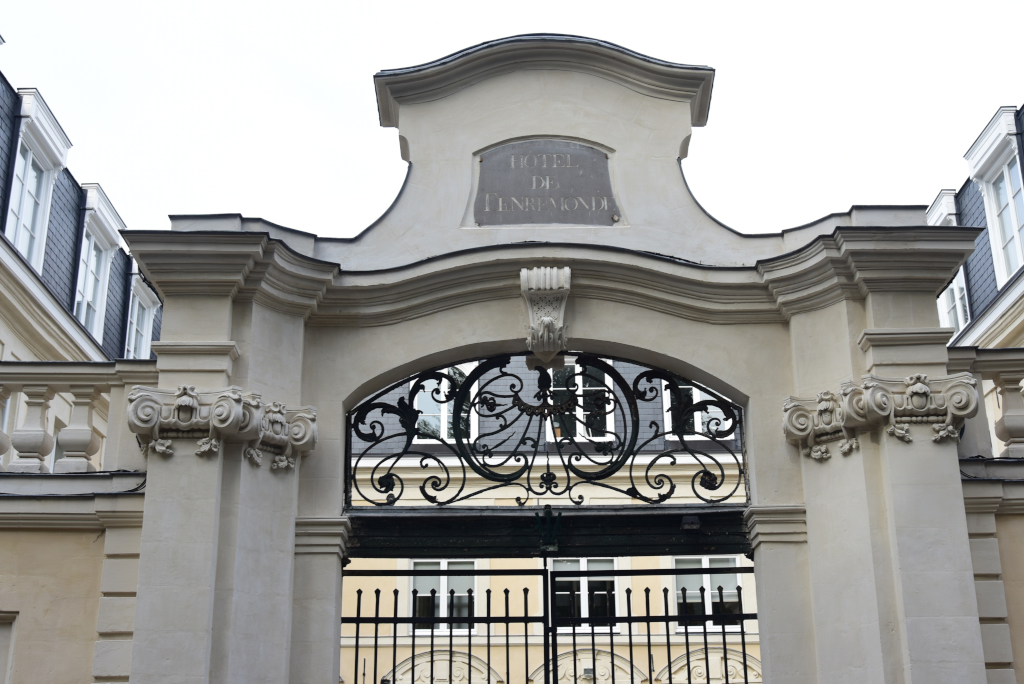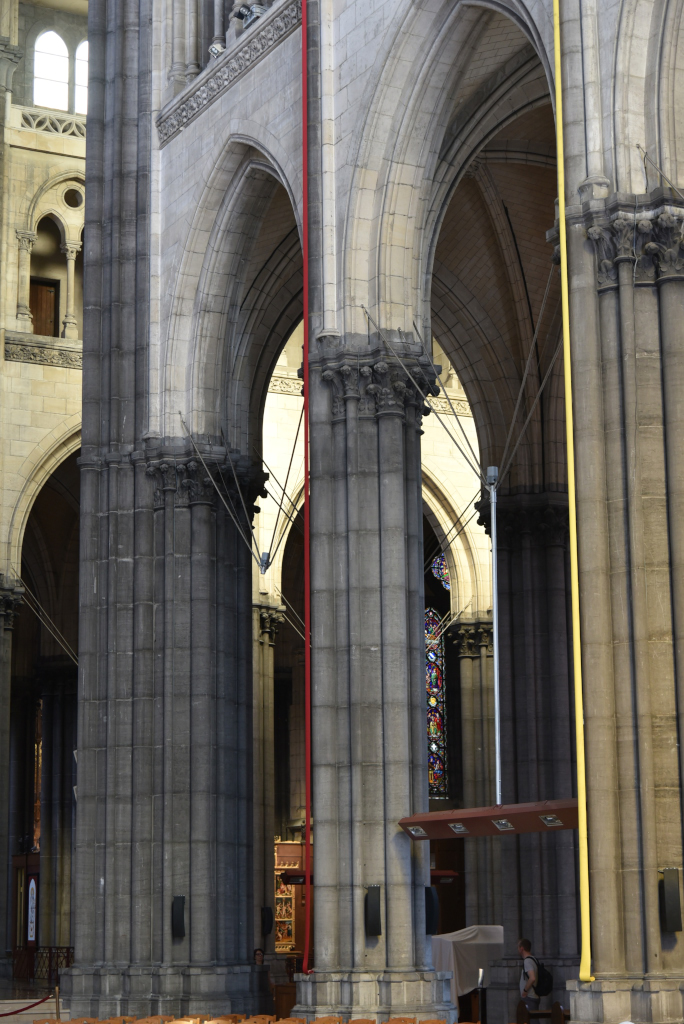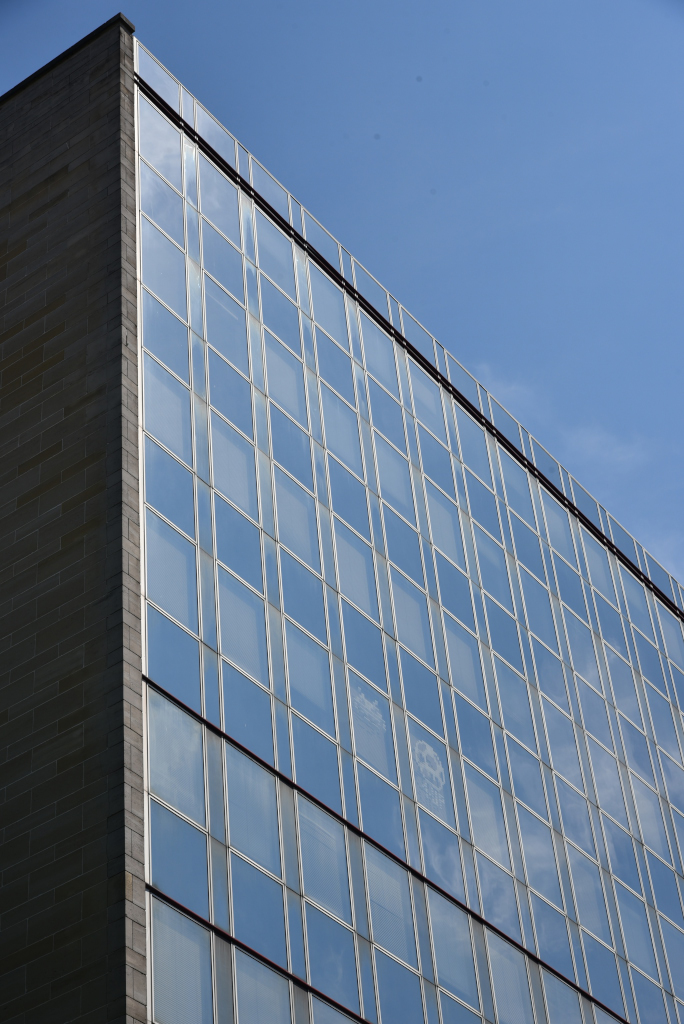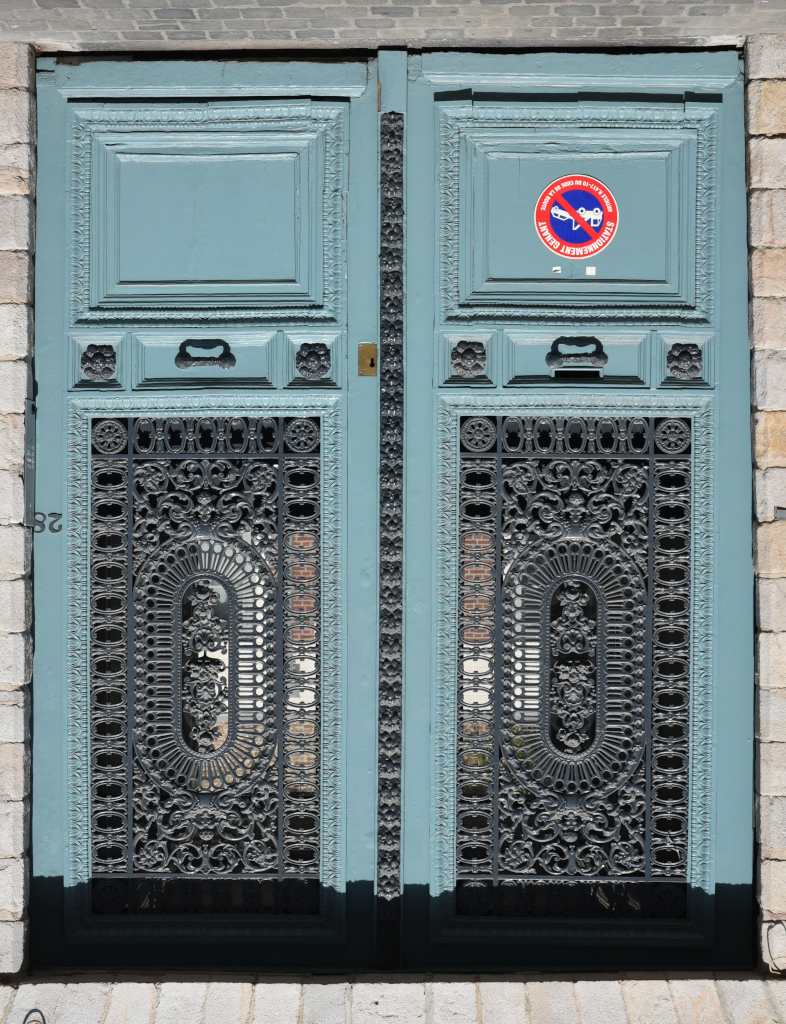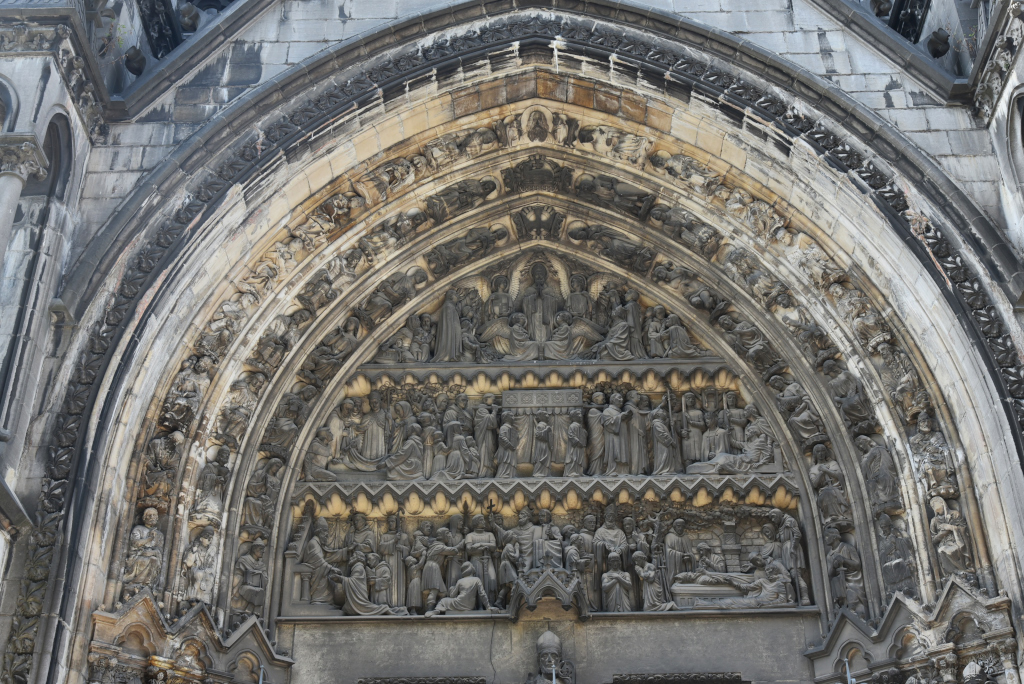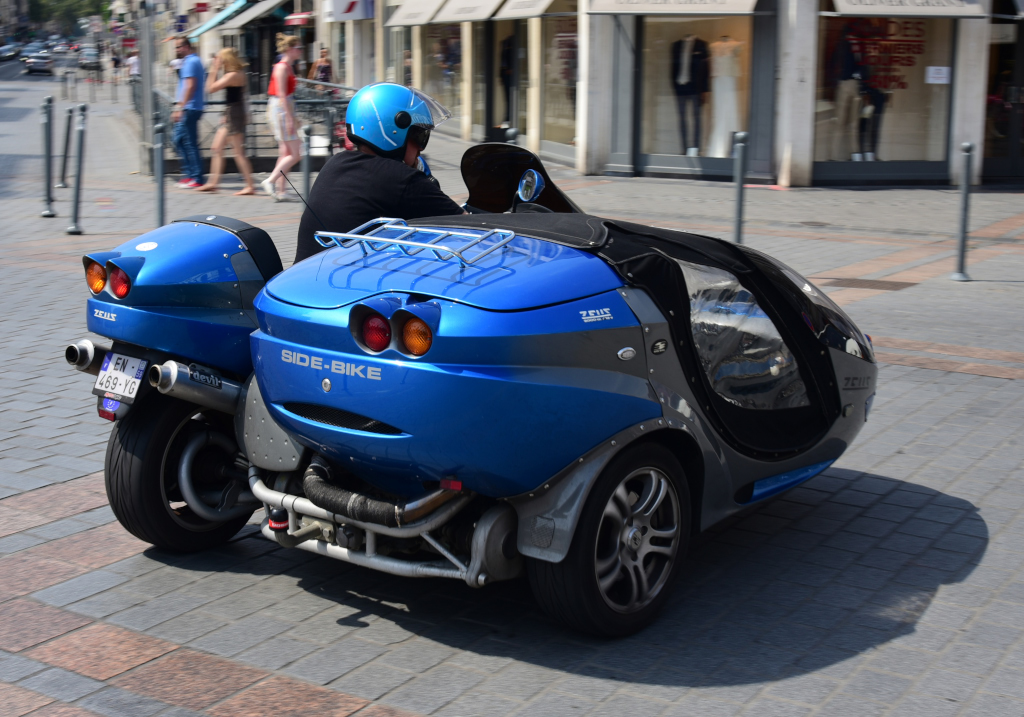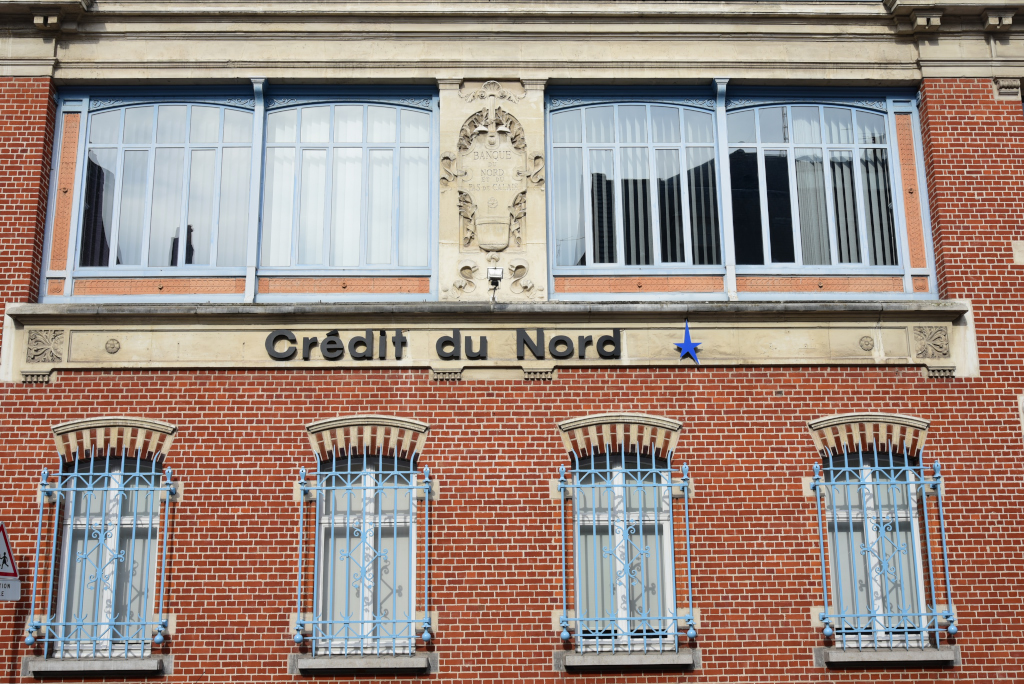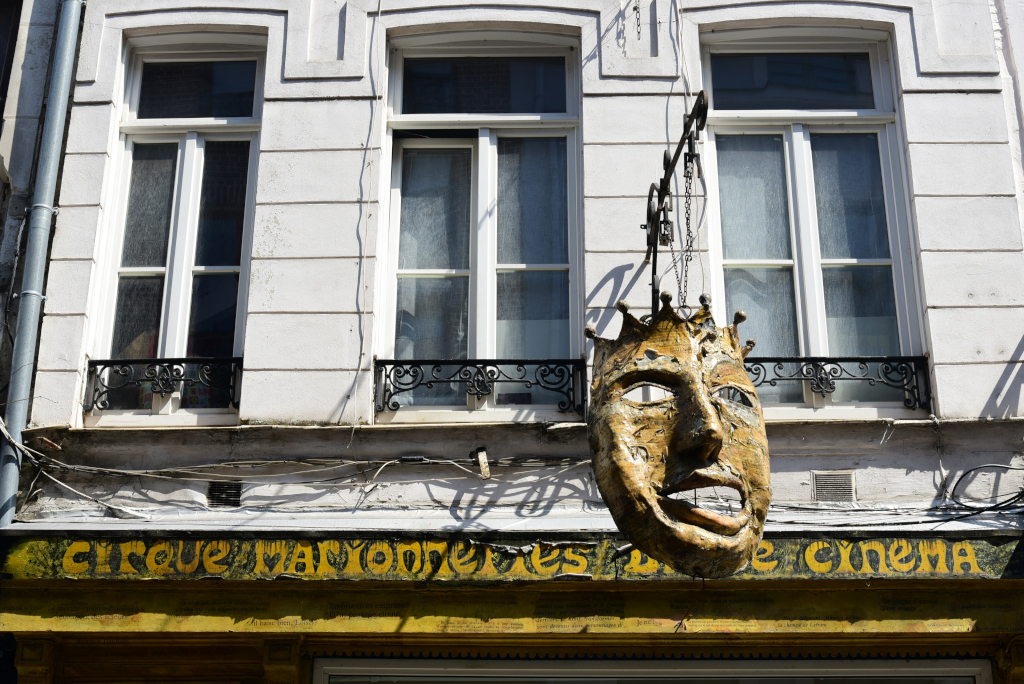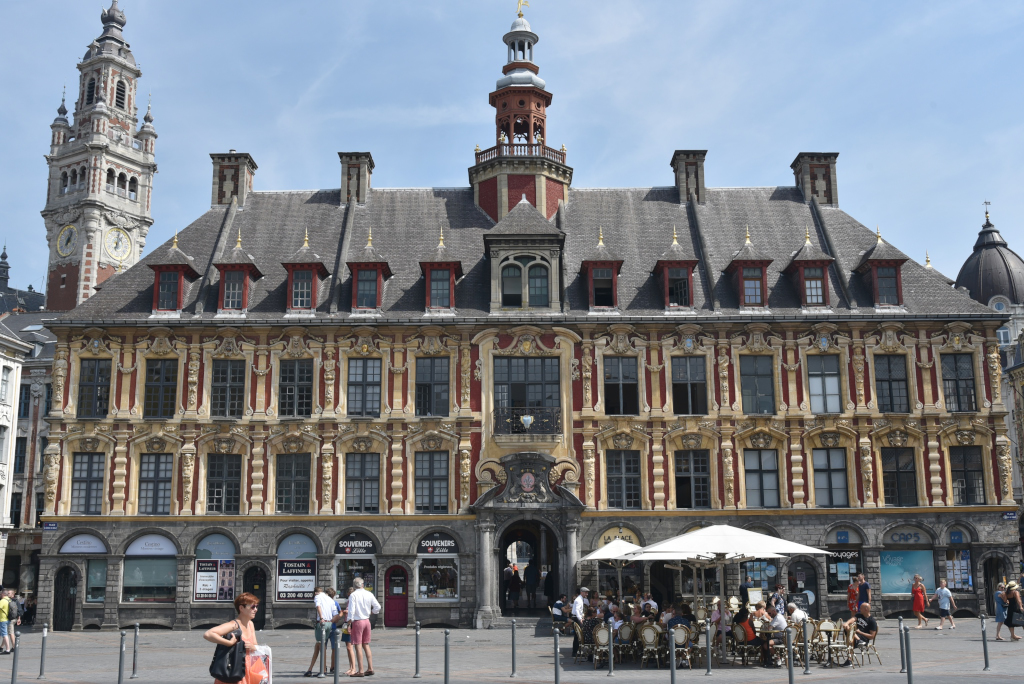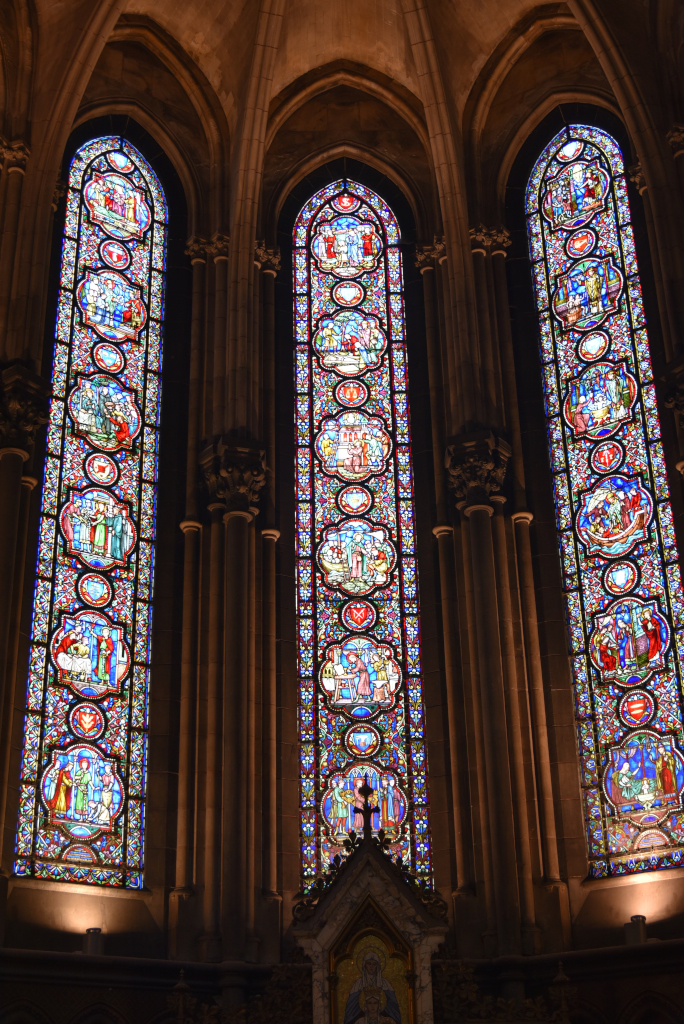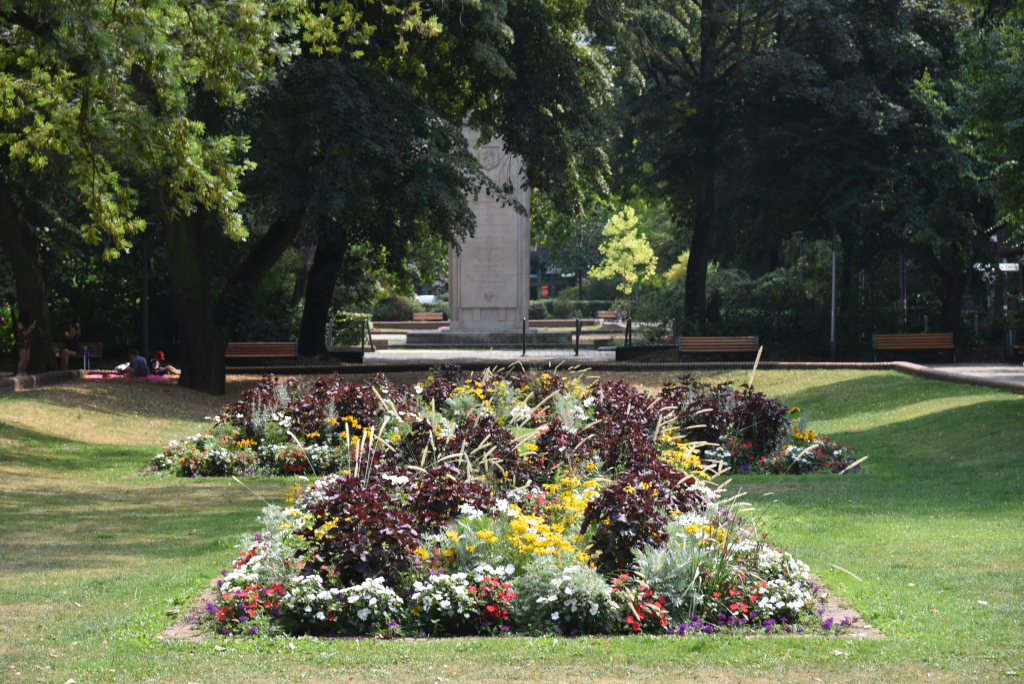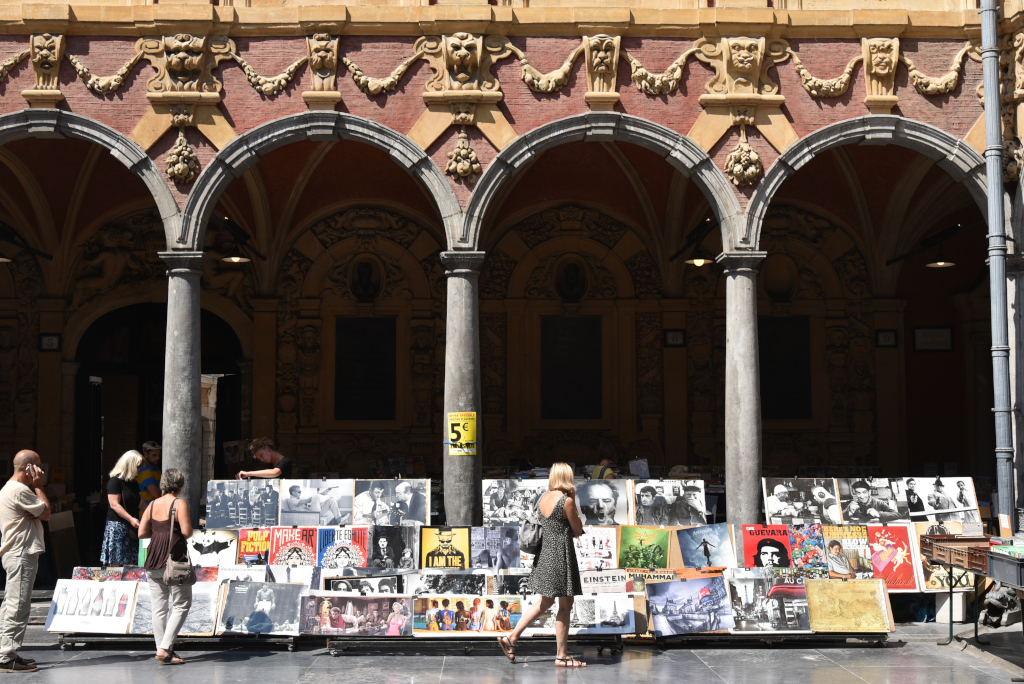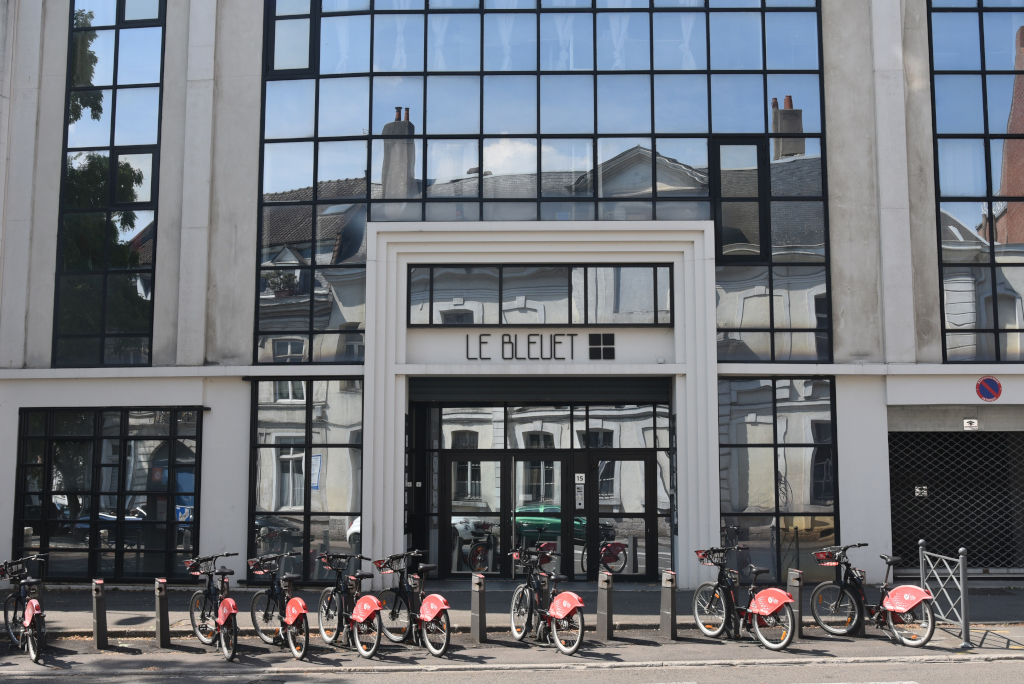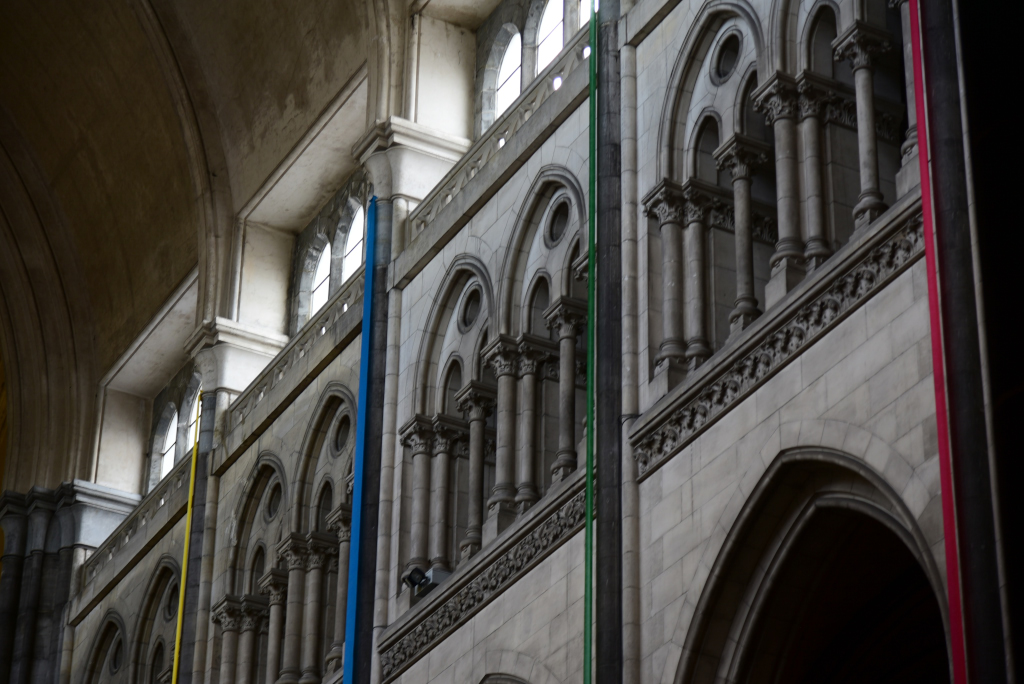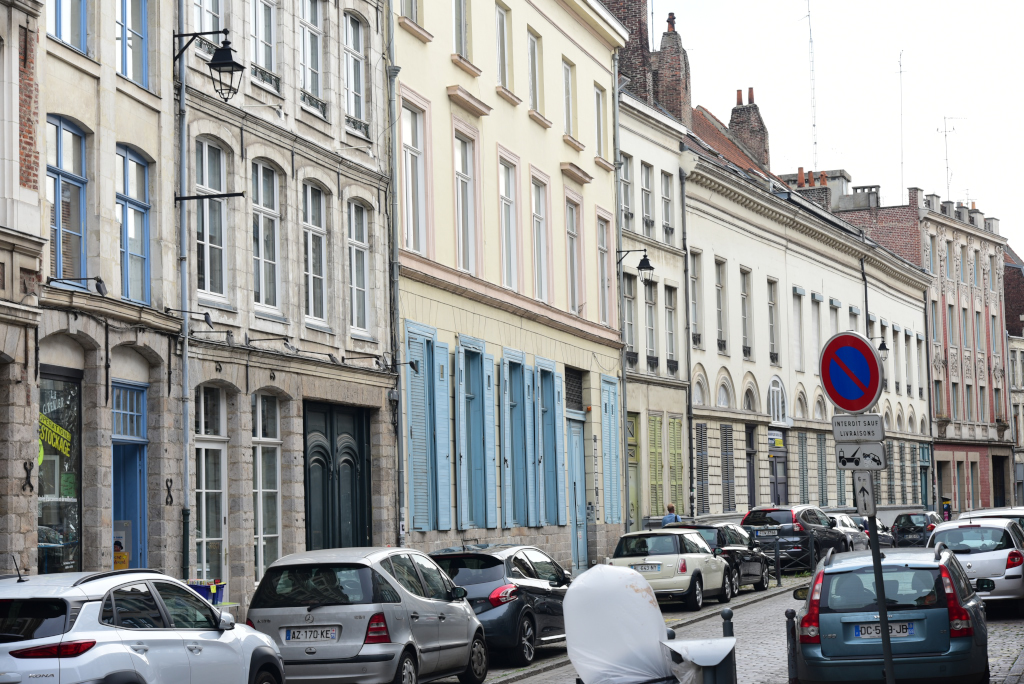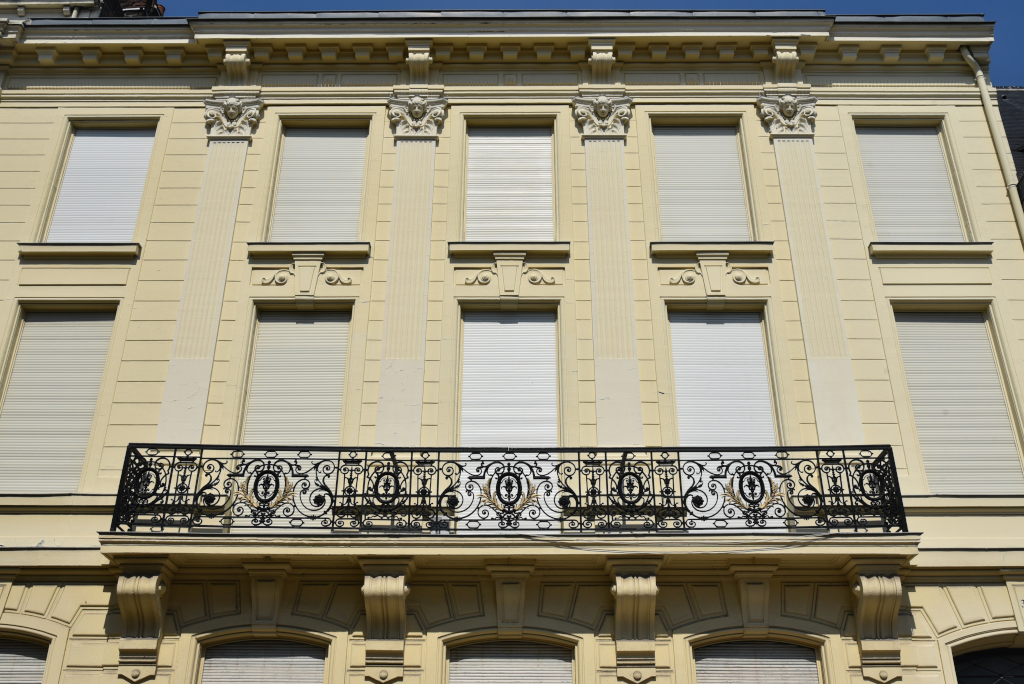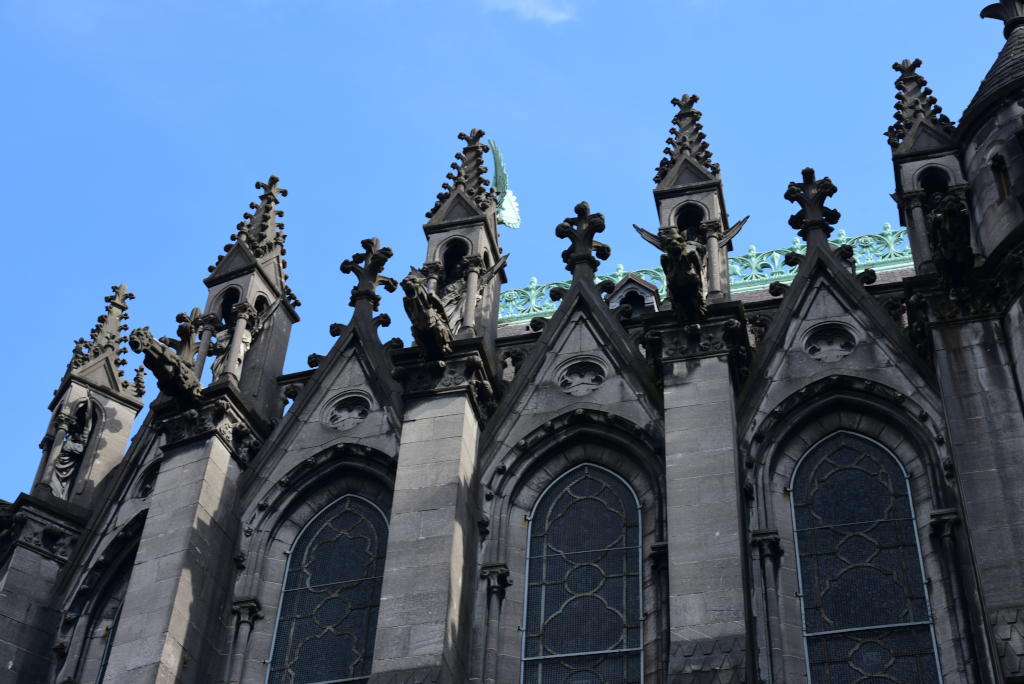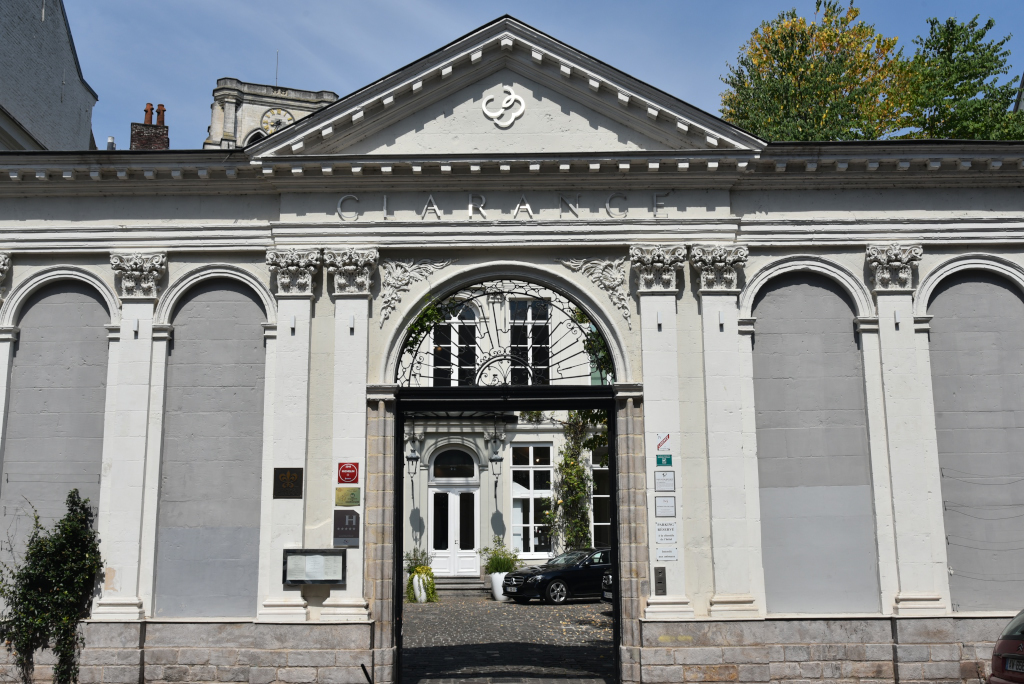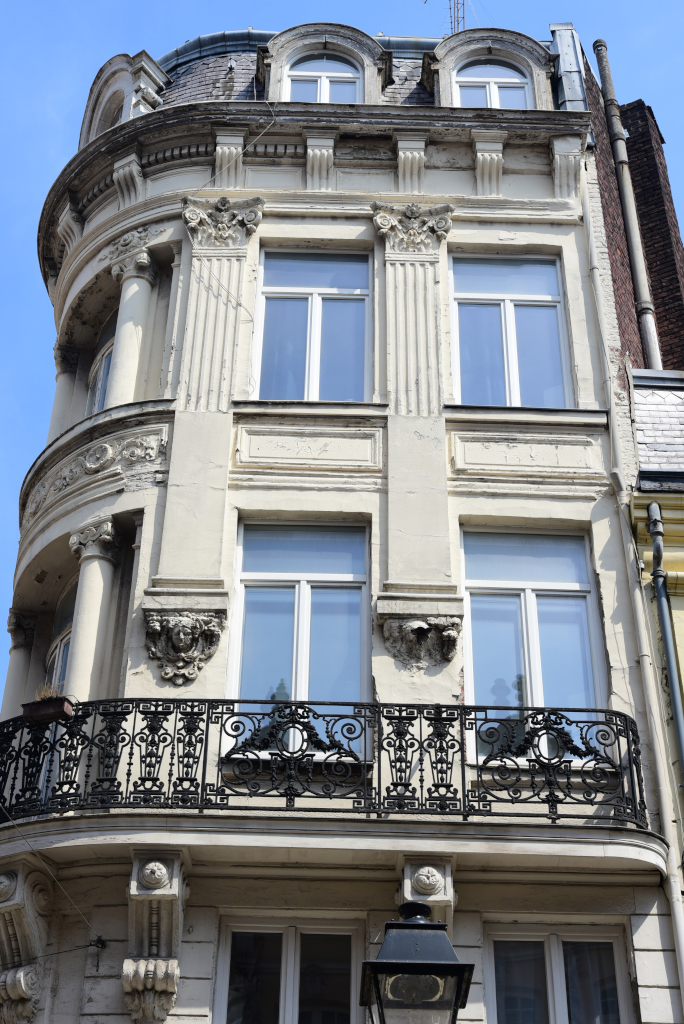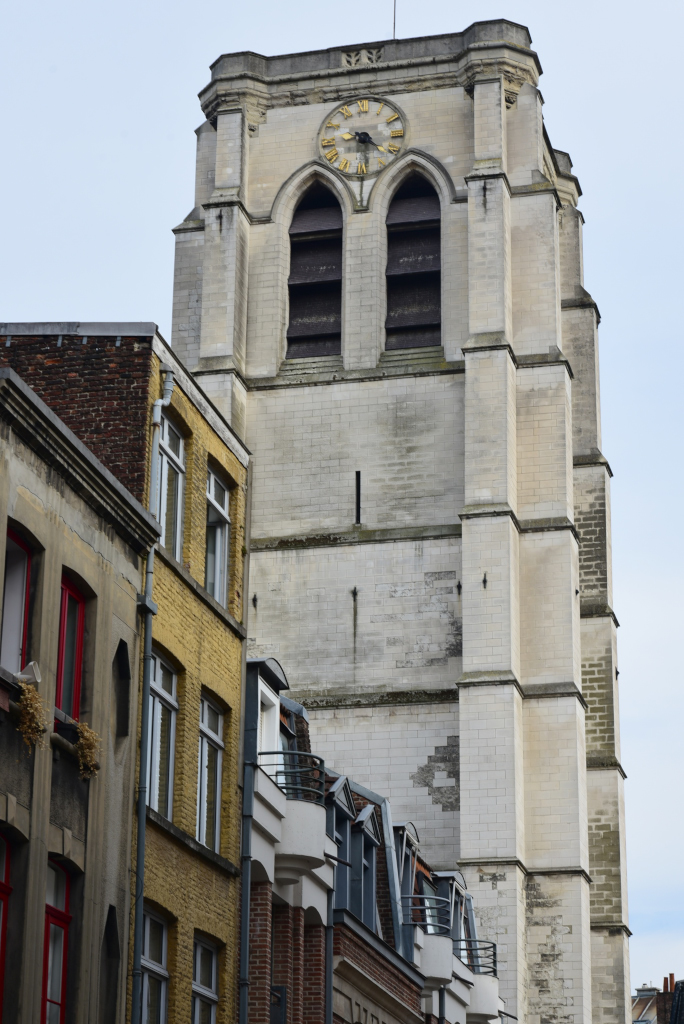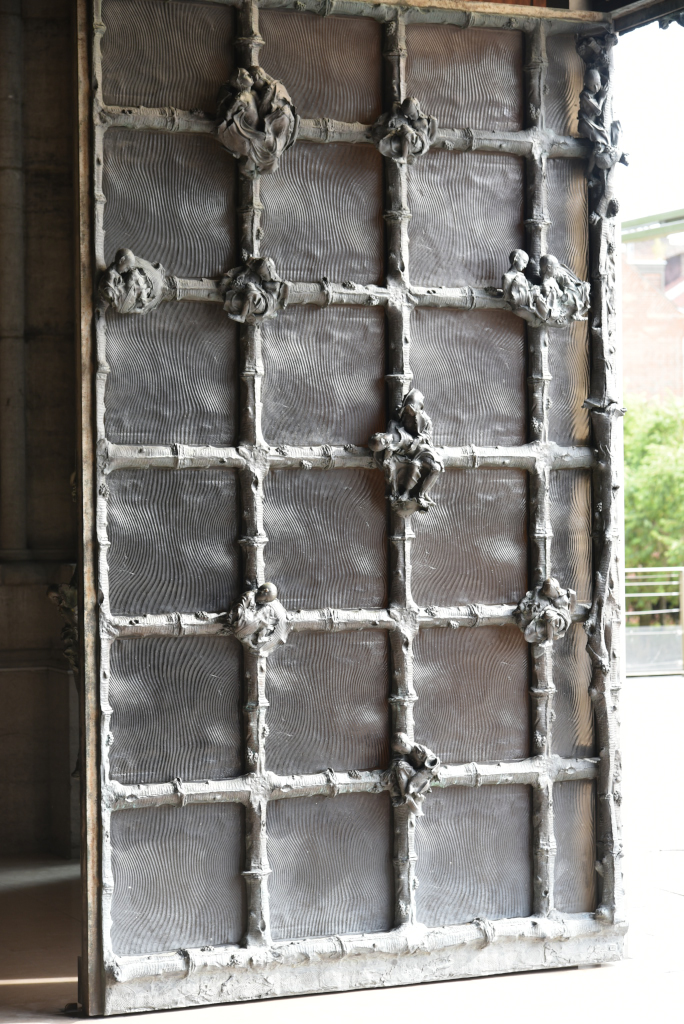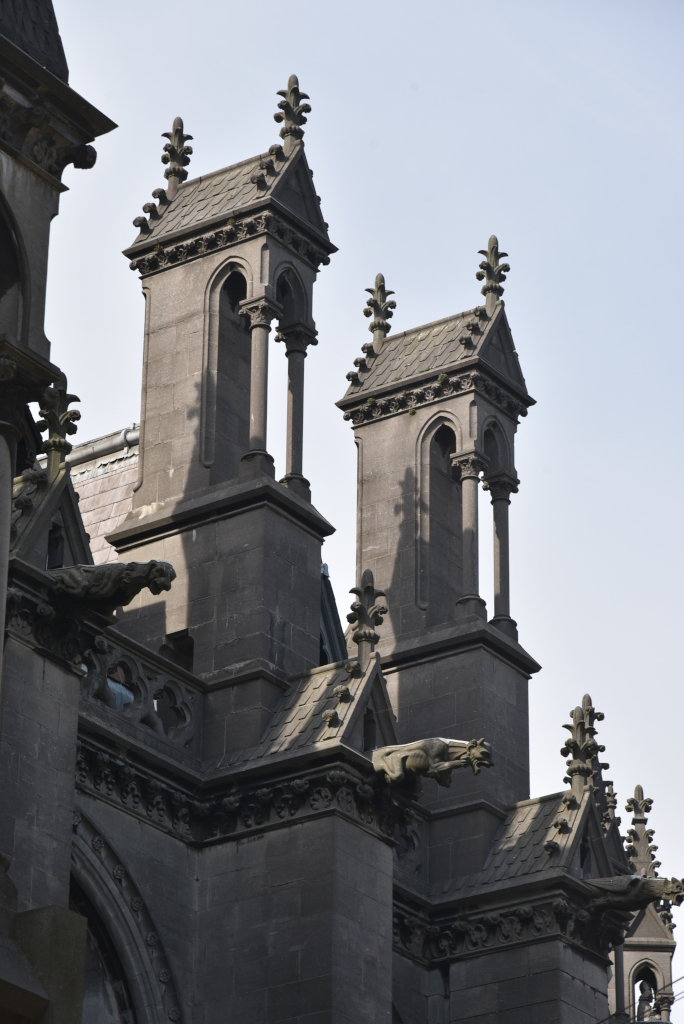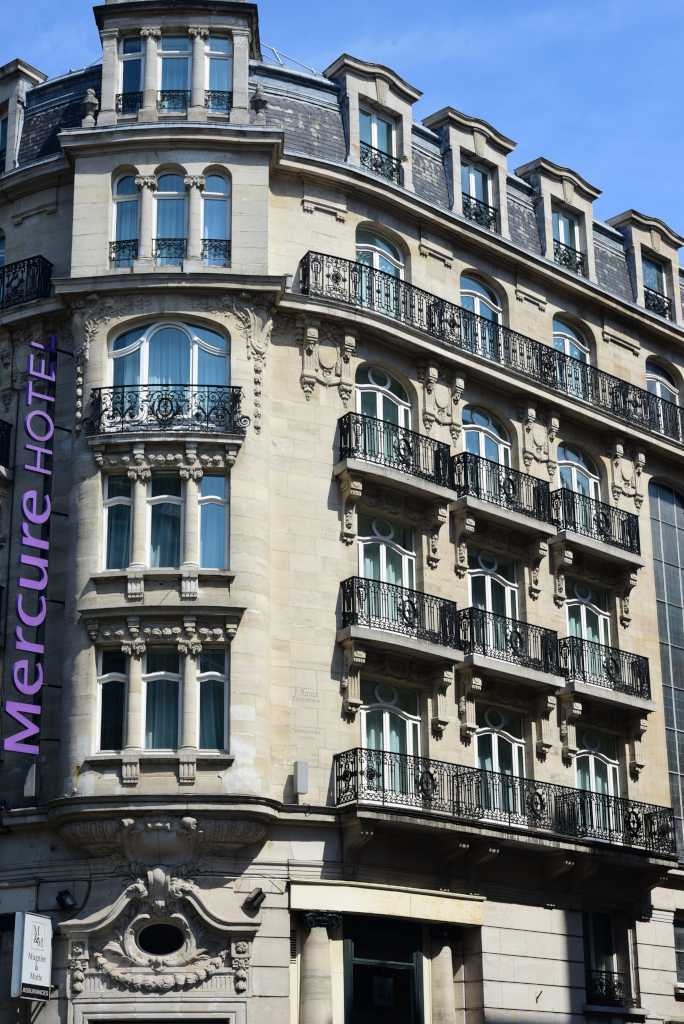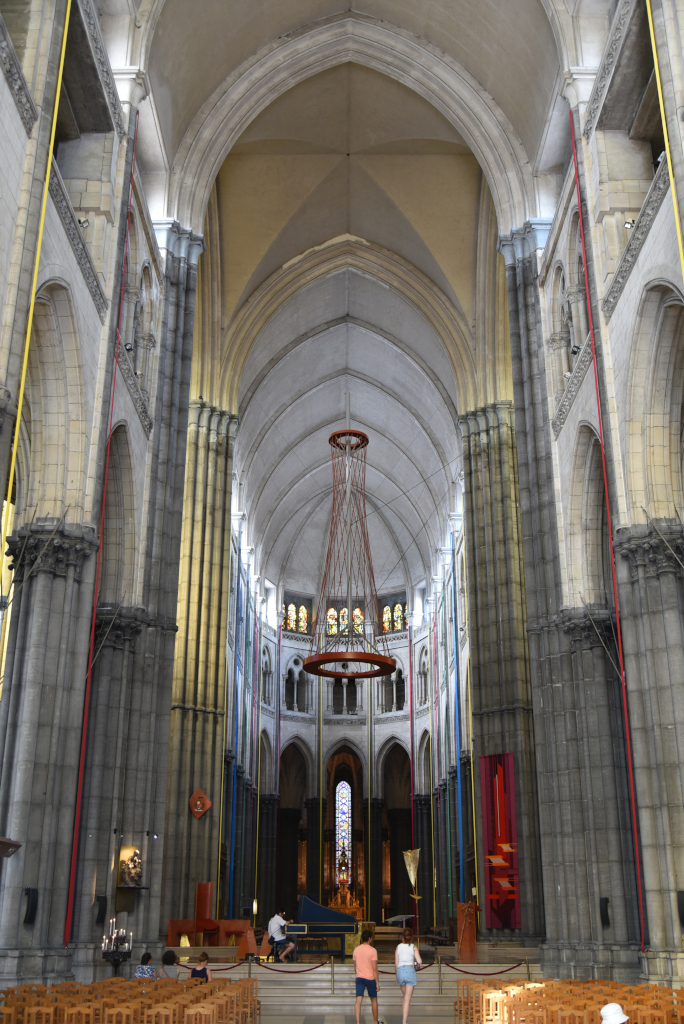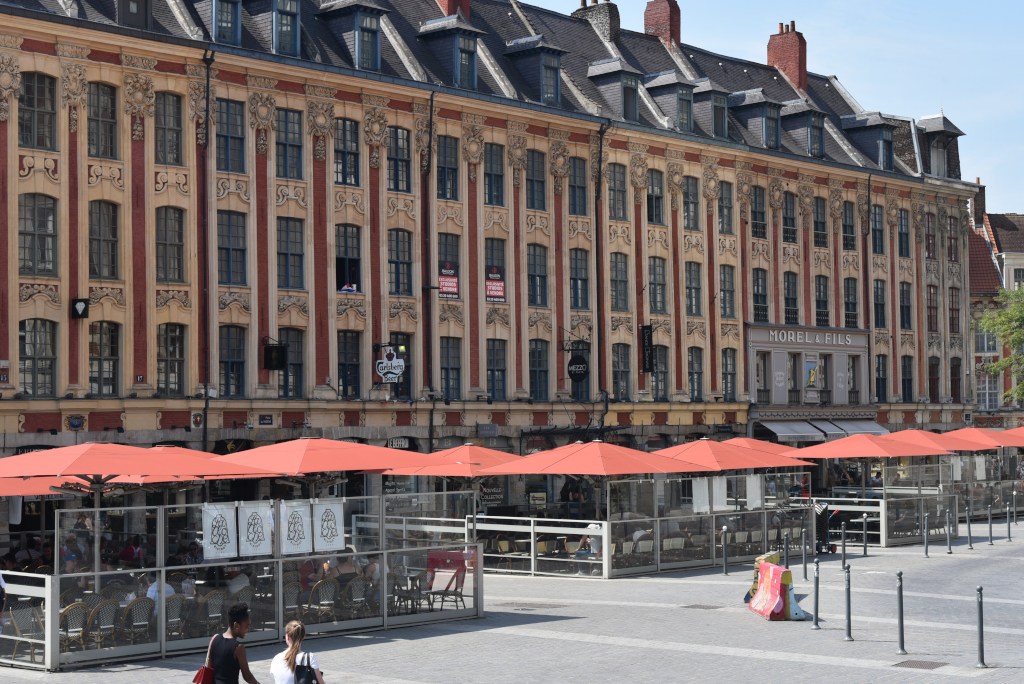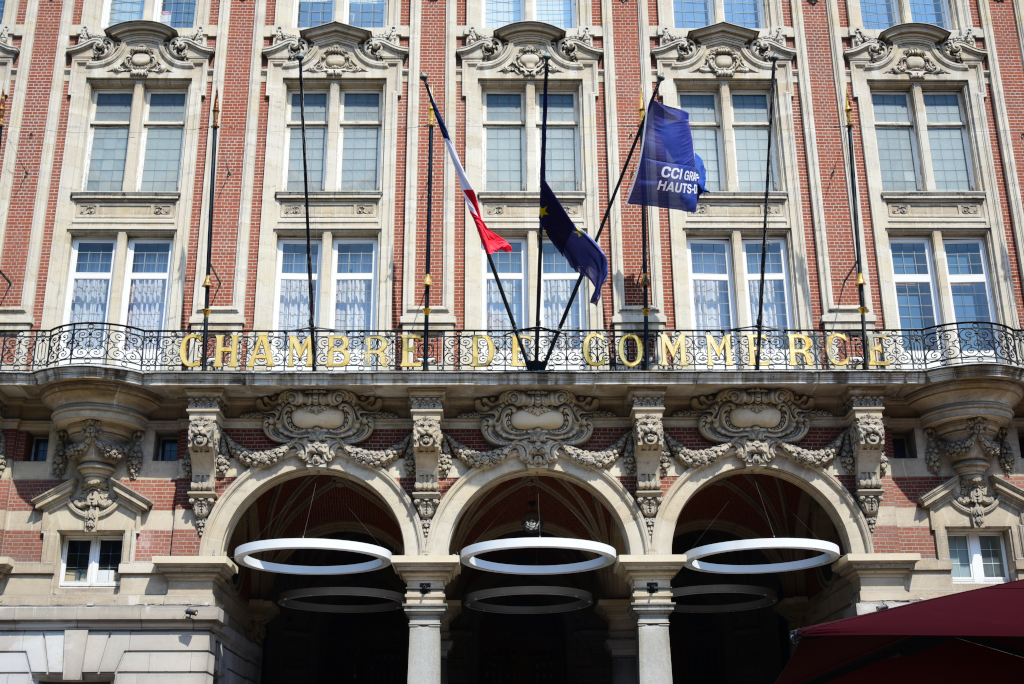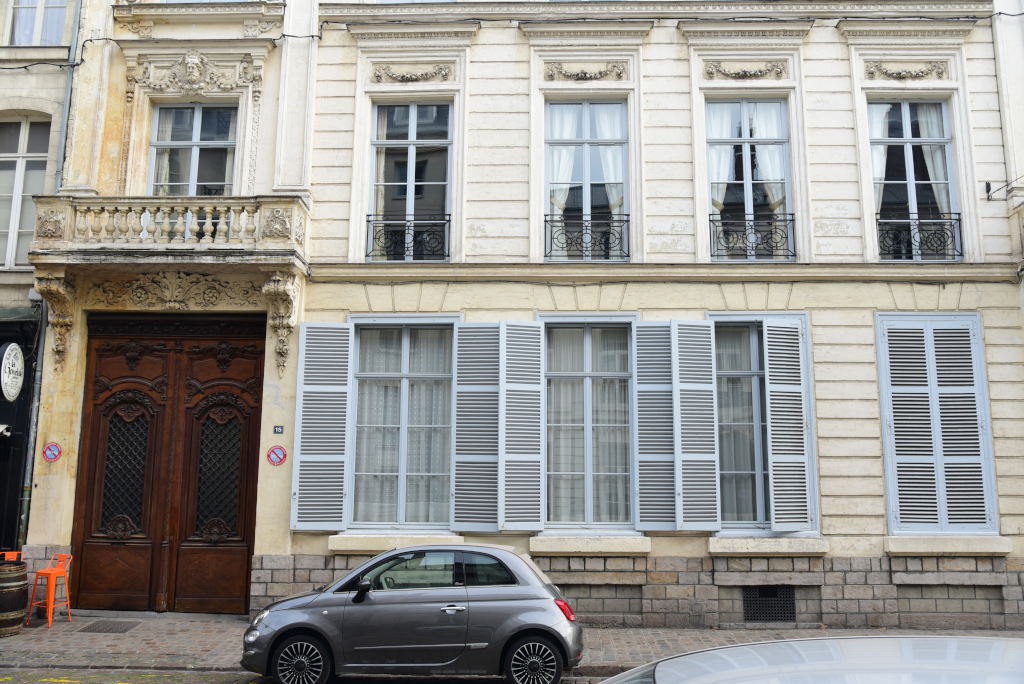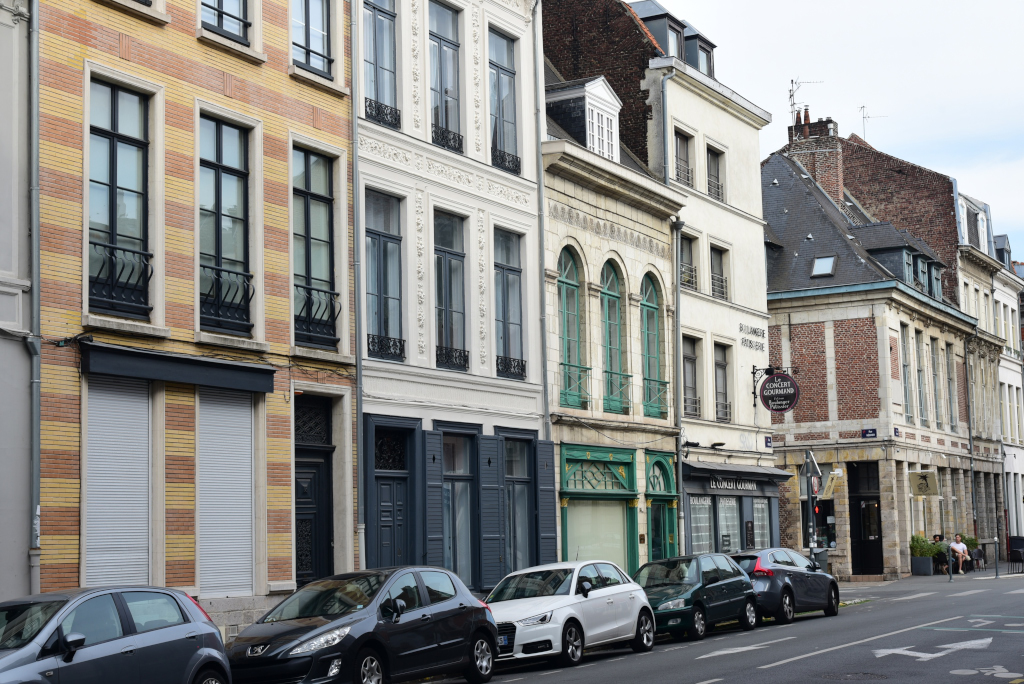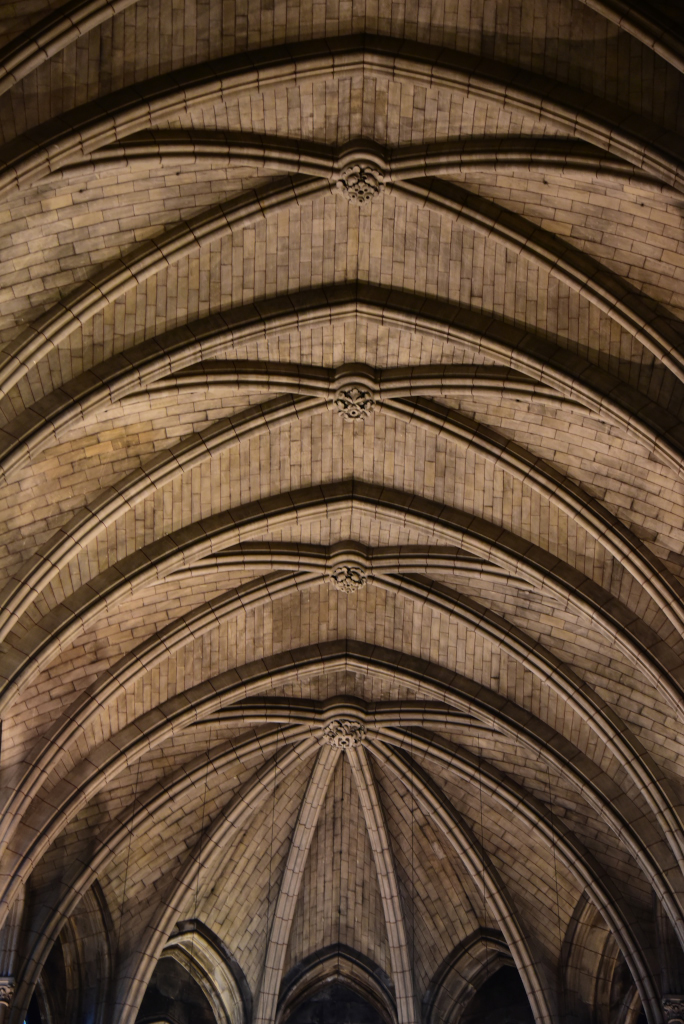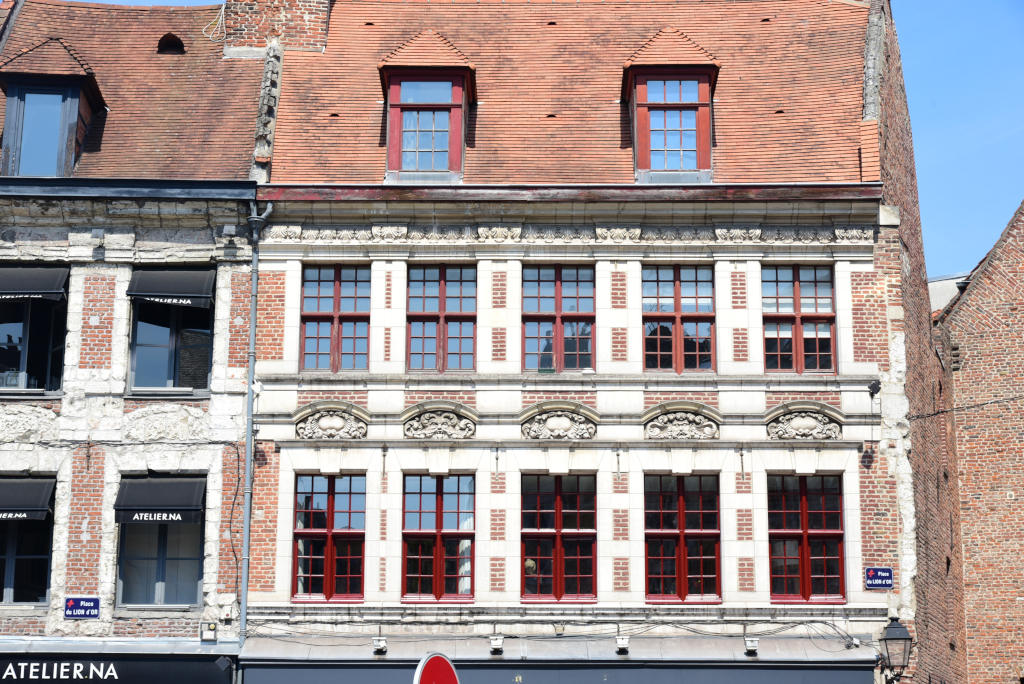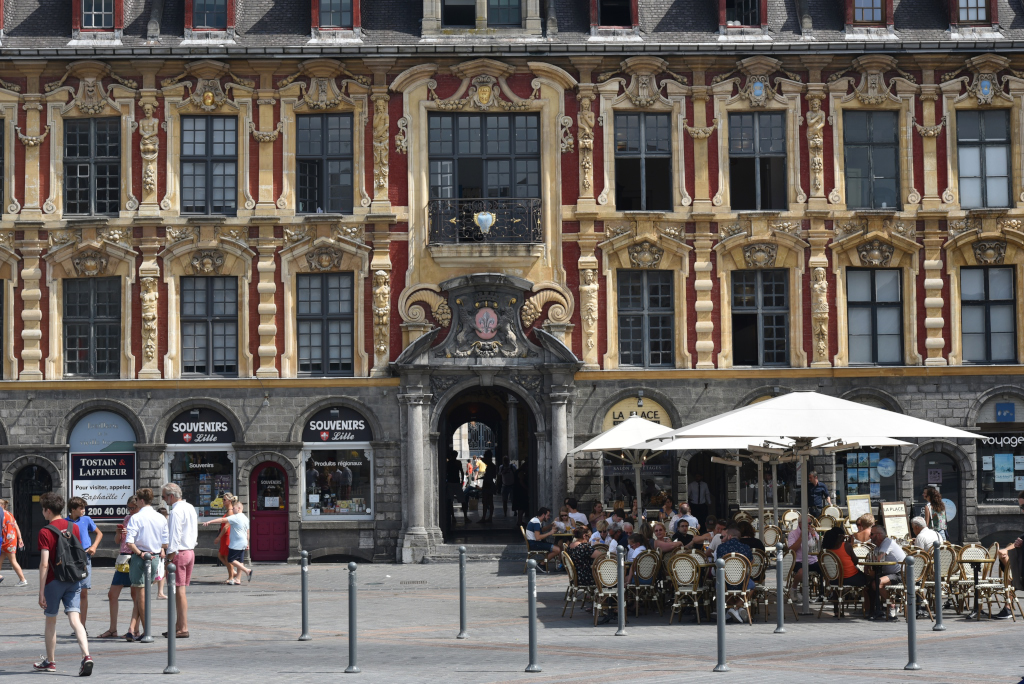August 4, 2018
The centre of one of France’s most important urban conurbations and the most important Franco-Flemish city, Lille lies on the Deûle river at the northern tip of France, near the border with Belgium. The city ranks highly not only in terms of economic importance but culturally as well, having been elected European Capital of Culture in 2004. The city presents a visual feast of architecture to the visitor, the highlights of which are Flemish Renaissance and Art Deco styles.
The earliest inhabitants of the Lille region were Gauls, later followed by Saxons, Frisians and Franks. The city of Lille itself was allegedly founded in 640 A.D. Its early history was quite turbulent, given that the area suffered Viking invasions much of the 9th century, followed by Norman and Magyar invasions. The name « L’Isle » first appeared in 1066, in the charter of a donation to the collegiate church of St Peter by Baudoin V, Count of Flanders, who owned a castle on one of the islands in the Deûle River. The town developed around this castle and around a port which existed on the site of the present Avenue du Peuple Belge.
The development of the business connections between the Netherlands, Flanders and fairs of Champagne was essential for Lille, developing an axis of North-South traffic, which contrasted with the ancient Roman way (Boulogne-Arras-Bavay-Cologne). During this period, the city was organised around the forum, the market square (now called the Grand Place) and the castrum (now Old Lille). The castrum was a fortified urban centre, enclosed by protective watercourses.
In the 13th century, Lille and Flander were the object of an ongoing quarrel between the Counts of Flander and kings of France. Count Baudoin IX died in 1205 during a crusade, leaving two daughters, Jeanne and Marguerite, who were raised by the King of France Philippe Auguste. Although a French vassal, Flanders was linked economically with England and the Holy Roman Empire. To ward off Philippe Auguste’s claims on the northern regions, a coalition against the French king was formed which included the counts of Boulogne, Hainaut and Flanders, King John of England and the Holy Roman Emperor, Otto IV. The battle of Bouvines concluded this war at the beginning of the 13th century.
The marriage of Marguerite of Flanders in 1363 to Philip the Bold made Flanders part of the duchy of Burgundy, and hence Lille, in addition to Brussels and Dijon, became one of the capitals of the Burgundian state. The marriage of Marie of Burgundy, daughter of Charles the Bold, to Maximilian of Austria in 1477 brought the duchy of Burgundy, including Flanders, under Hapsburg control. The duchy later became Spanish when Charles V of Spain became emperor.
The King of Spain named his daughter Isabelle ruler of Flanders, beginning the “Golden Century” for Lille. Numerous convents were founded in that period, and the city experienced two successive expansions, from 1605 to 1606 and from 1618 to 1621. In 1652, Julien Destrée, master builder of the city, built the Stock Exchange in a style which could be qualified today as Flemish Renaissance.
Following his marriage to Maria-Theresa of Spain in 1663, Louis XIV laid claim to the Low Countries, taking advantage of the rights of his wife to a part of Spain’s heritage. On 17th August 1667, he directed the siege of Lille and upon its conquest, Lille became the capital of France’s Northern Provinces. The Sun King hastened to have a citadel built by Vauban and enlarged the town, laying down regulations on the height and style of the houses.
(Narrative excerpted from en.lilletourism.com)

